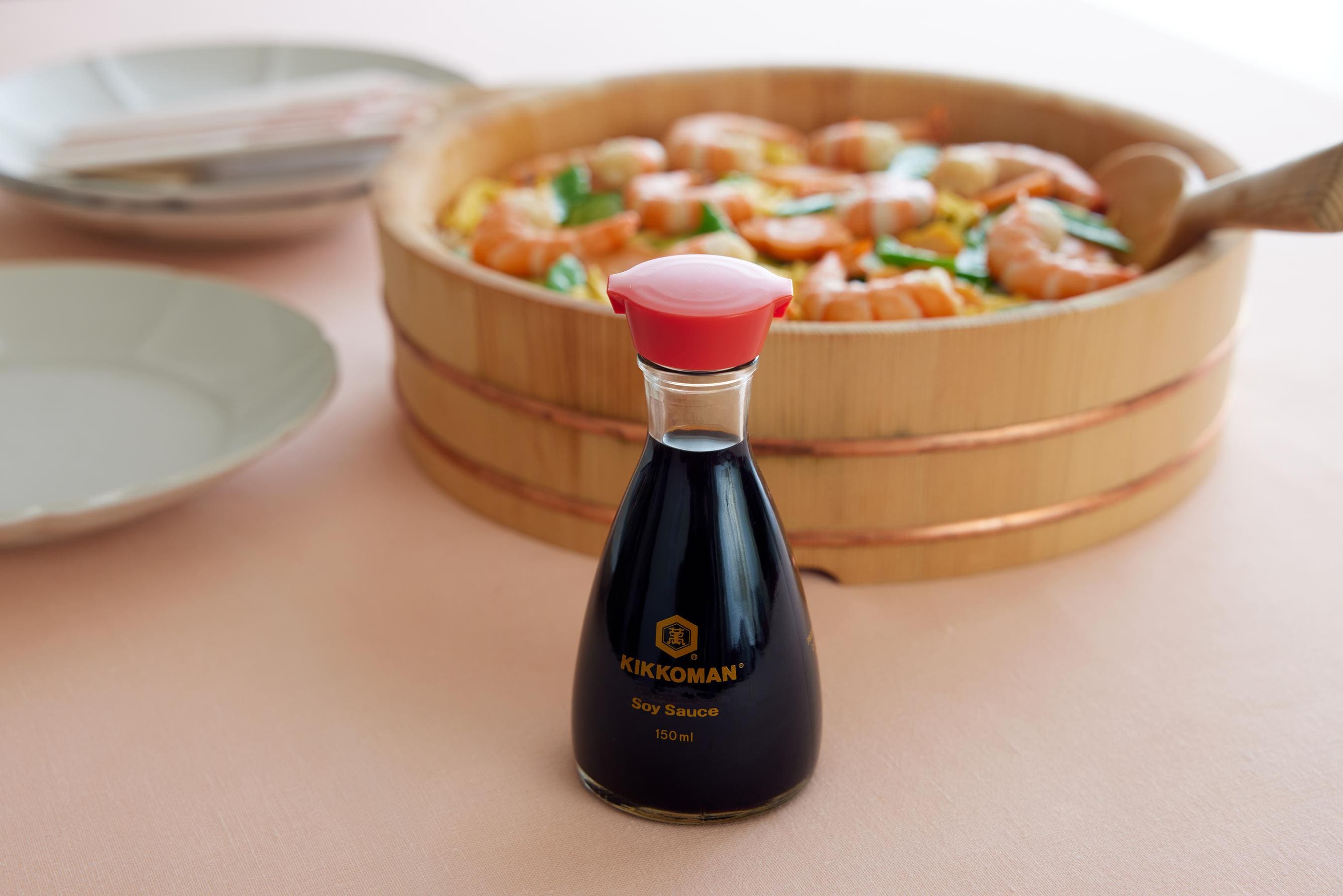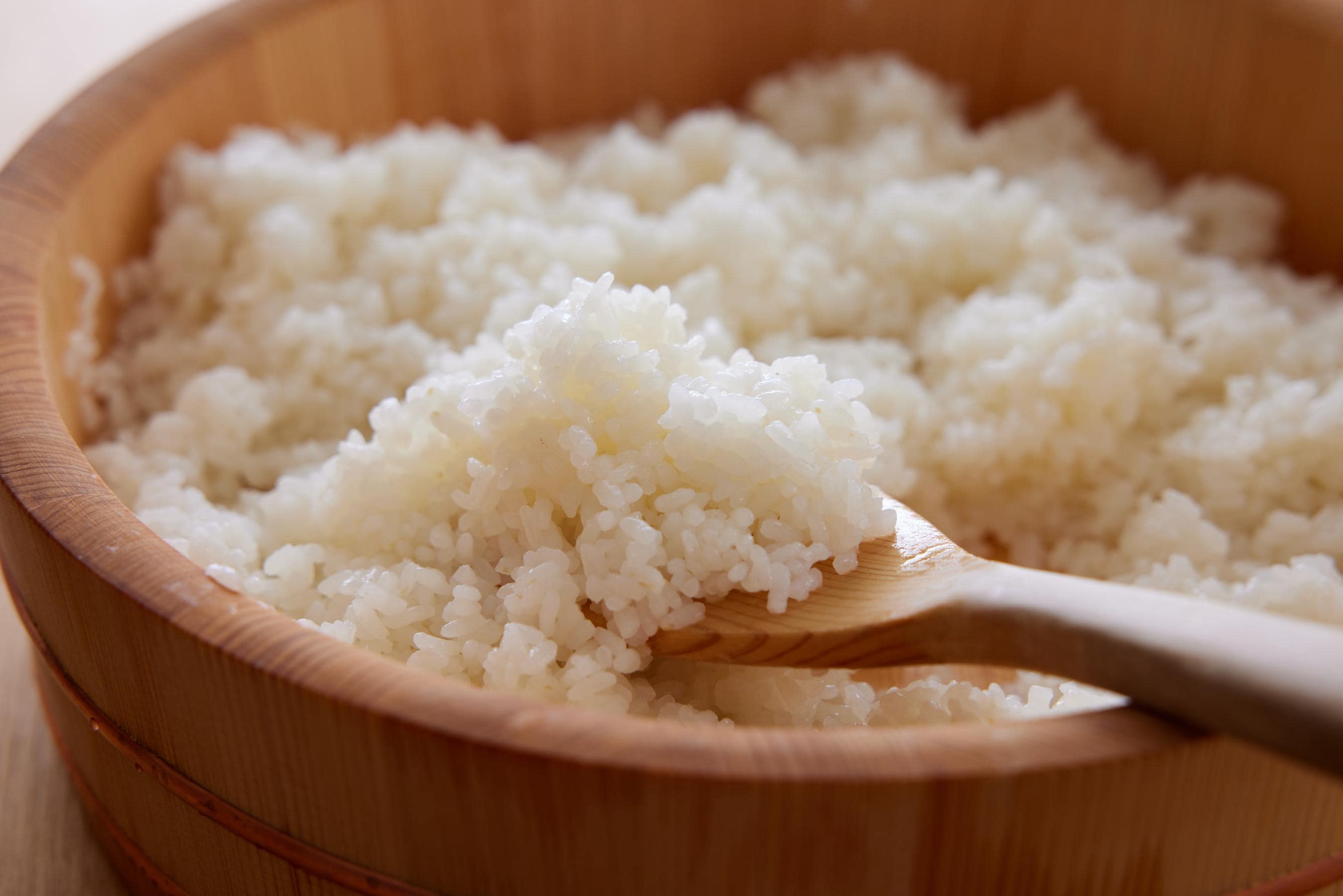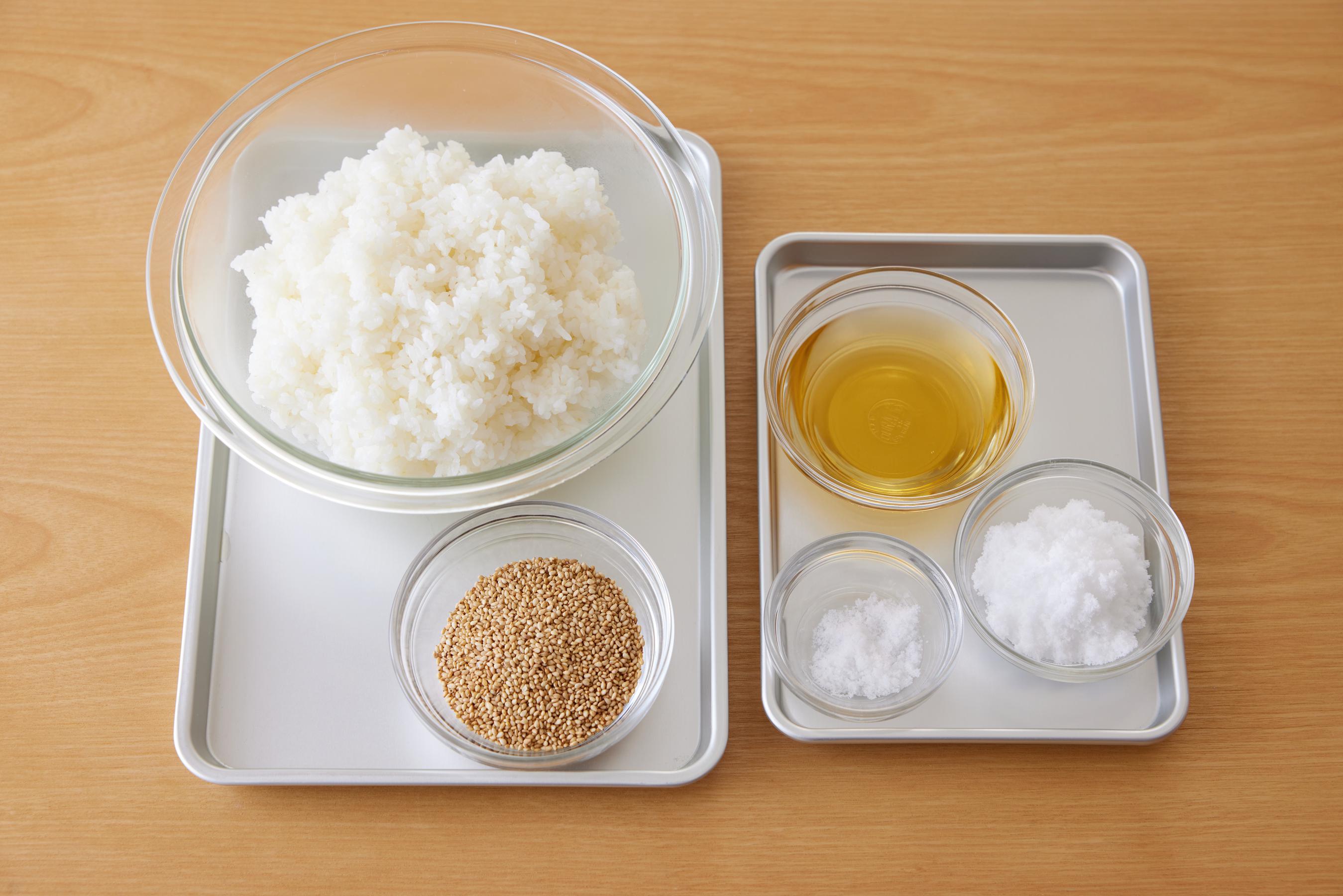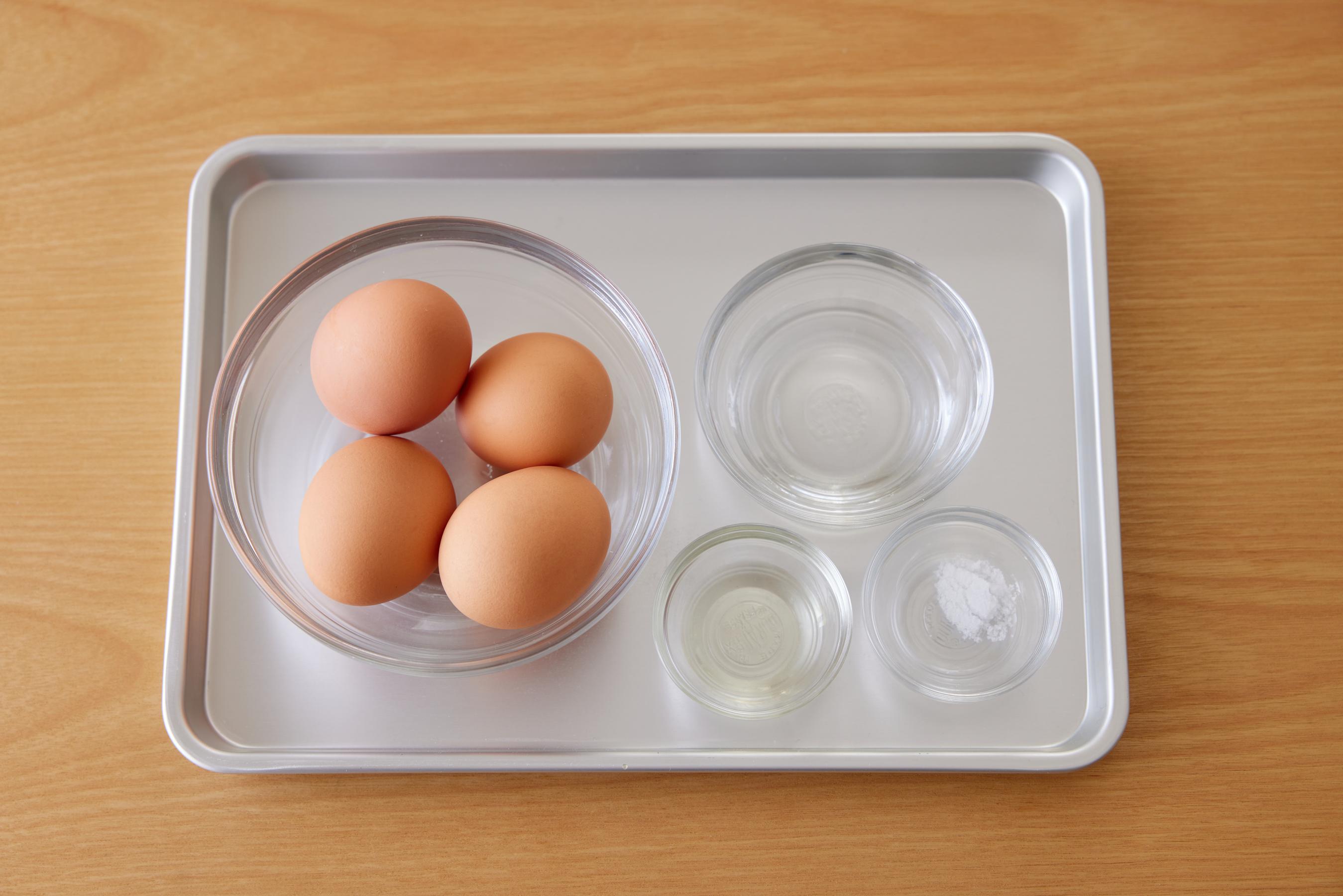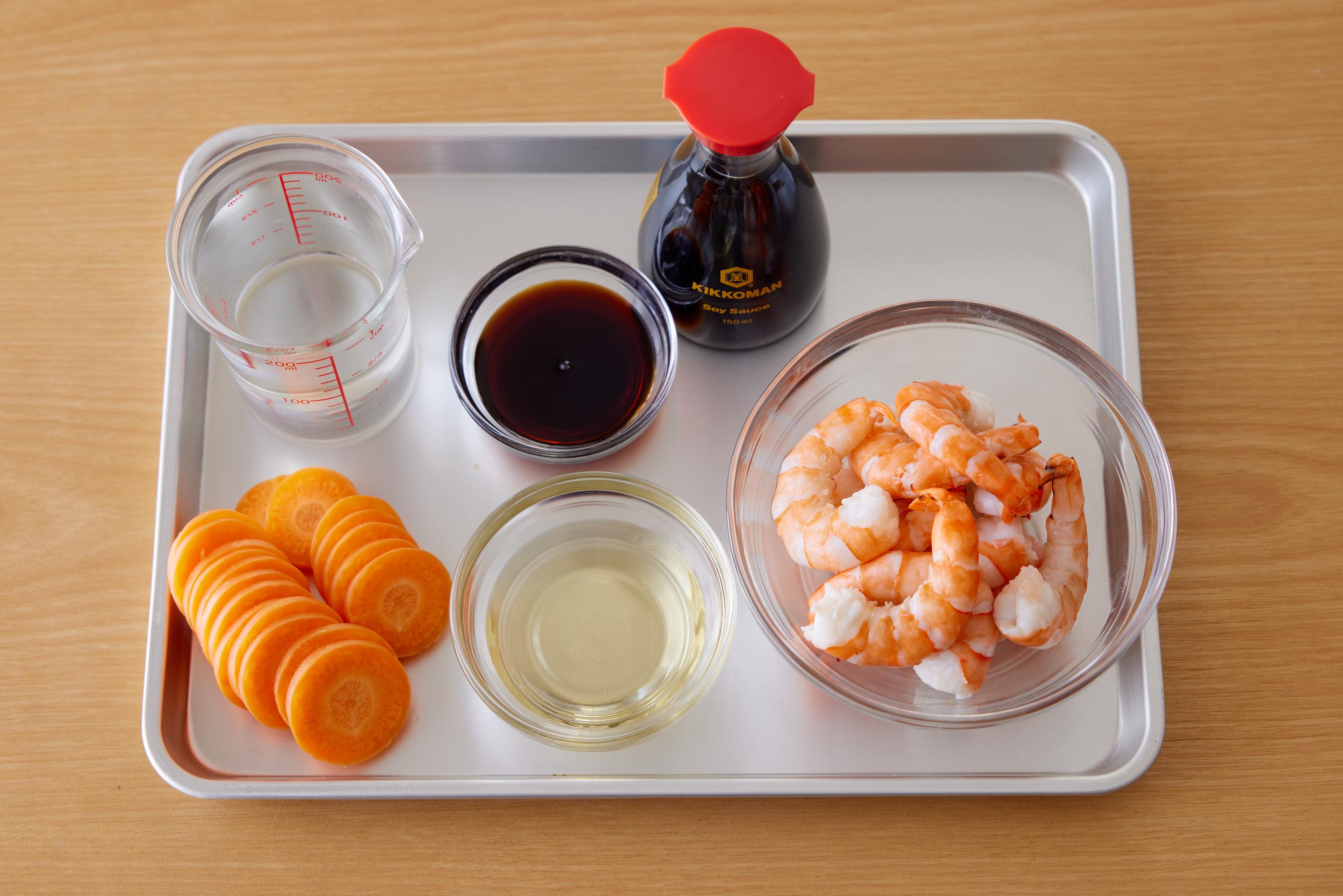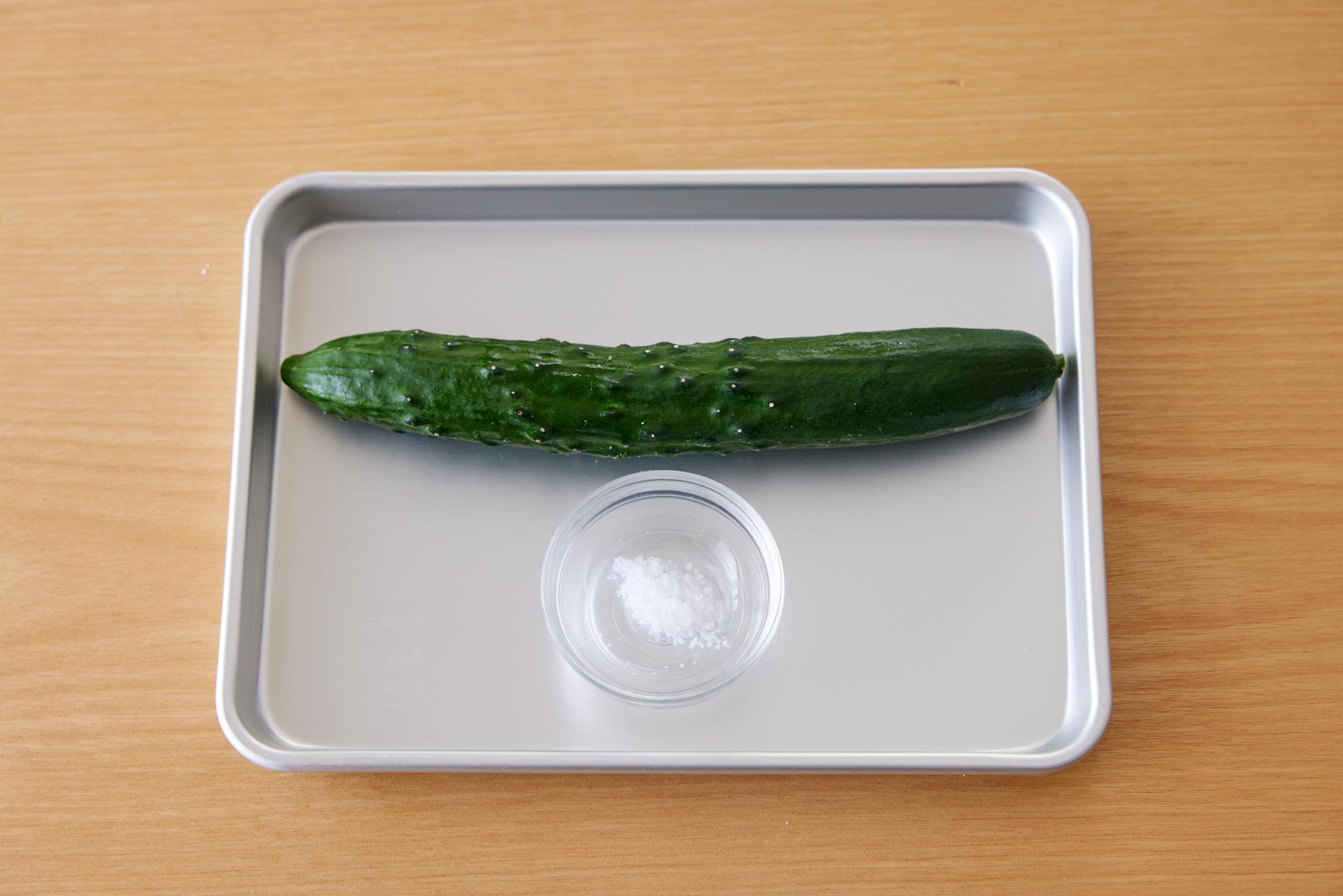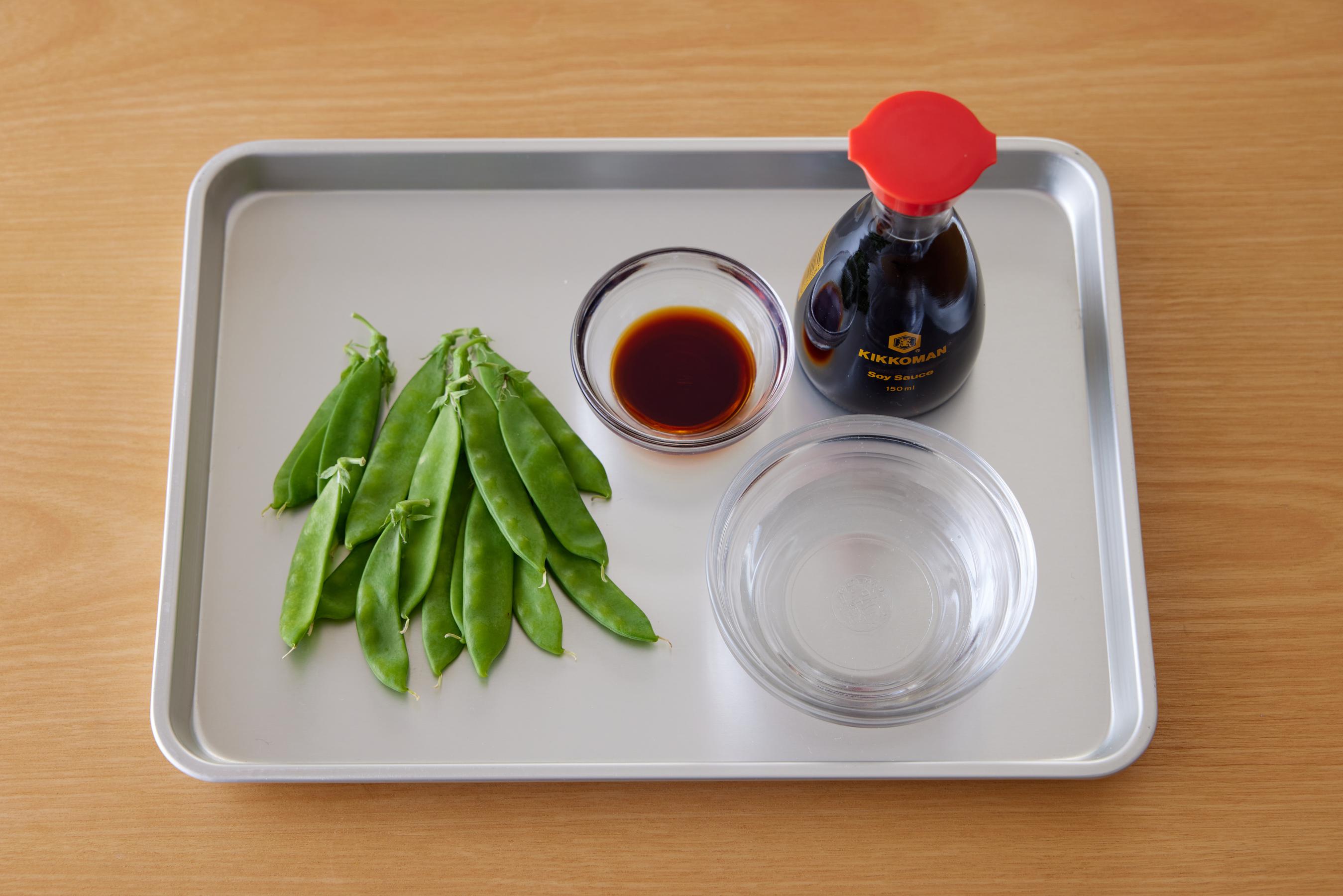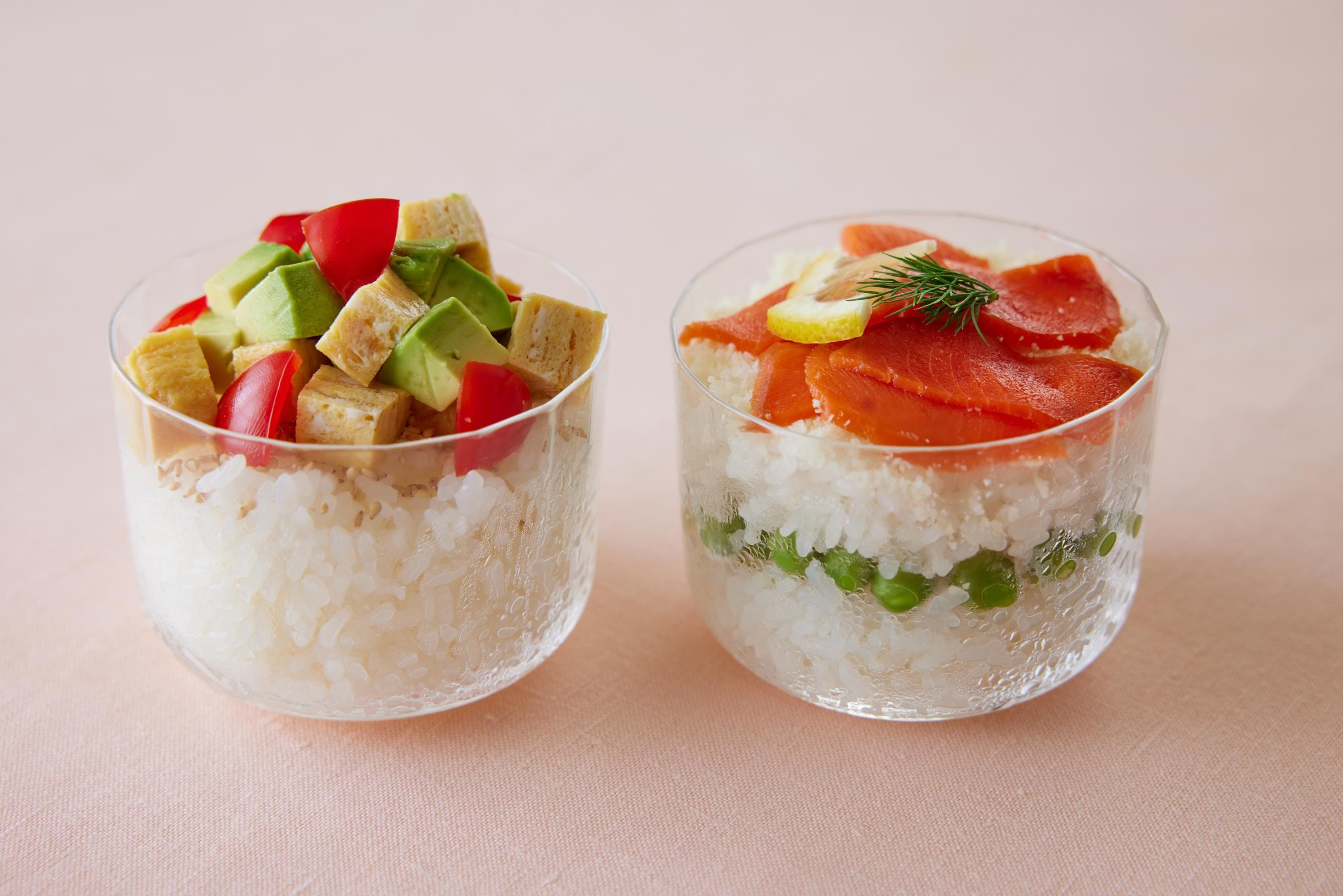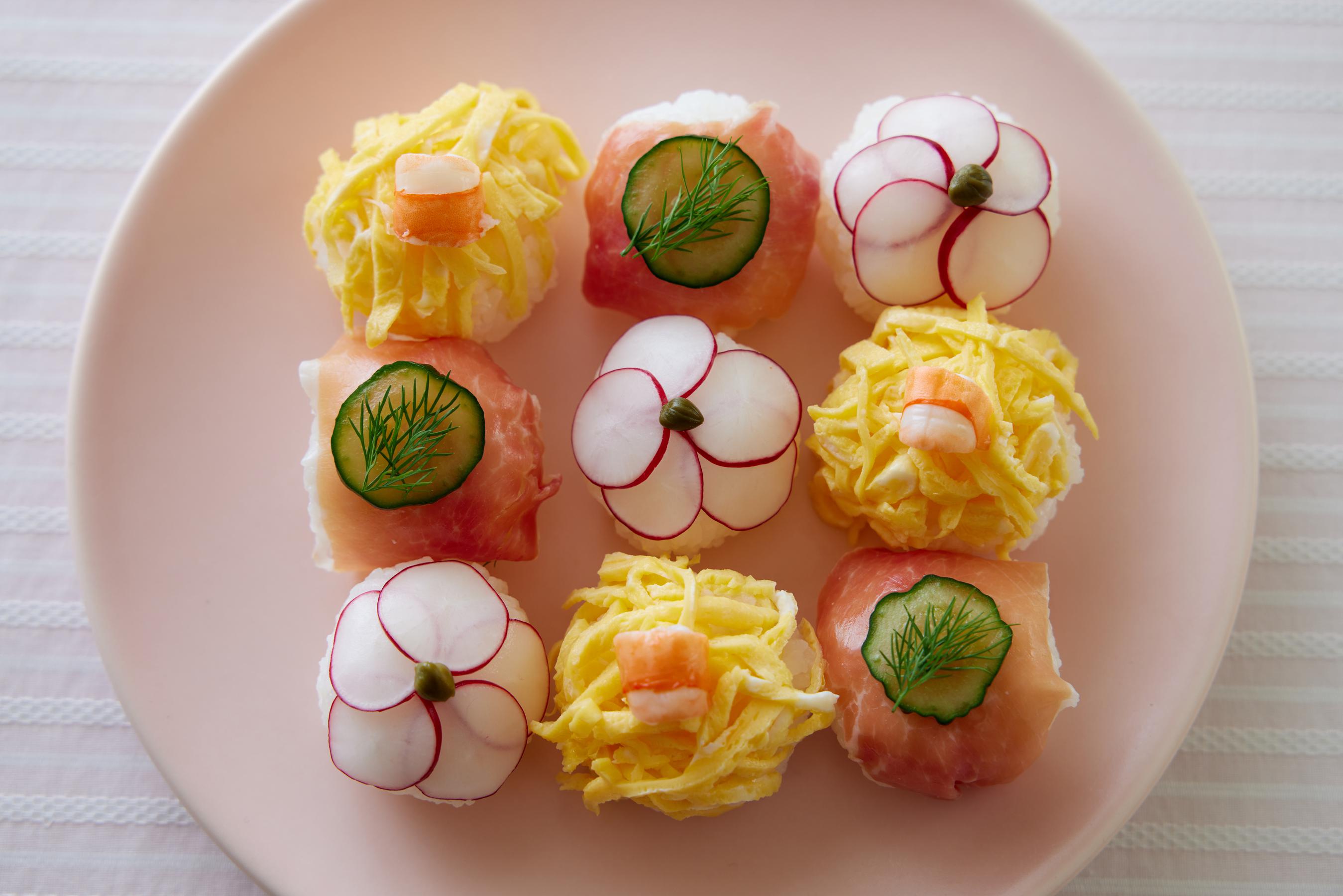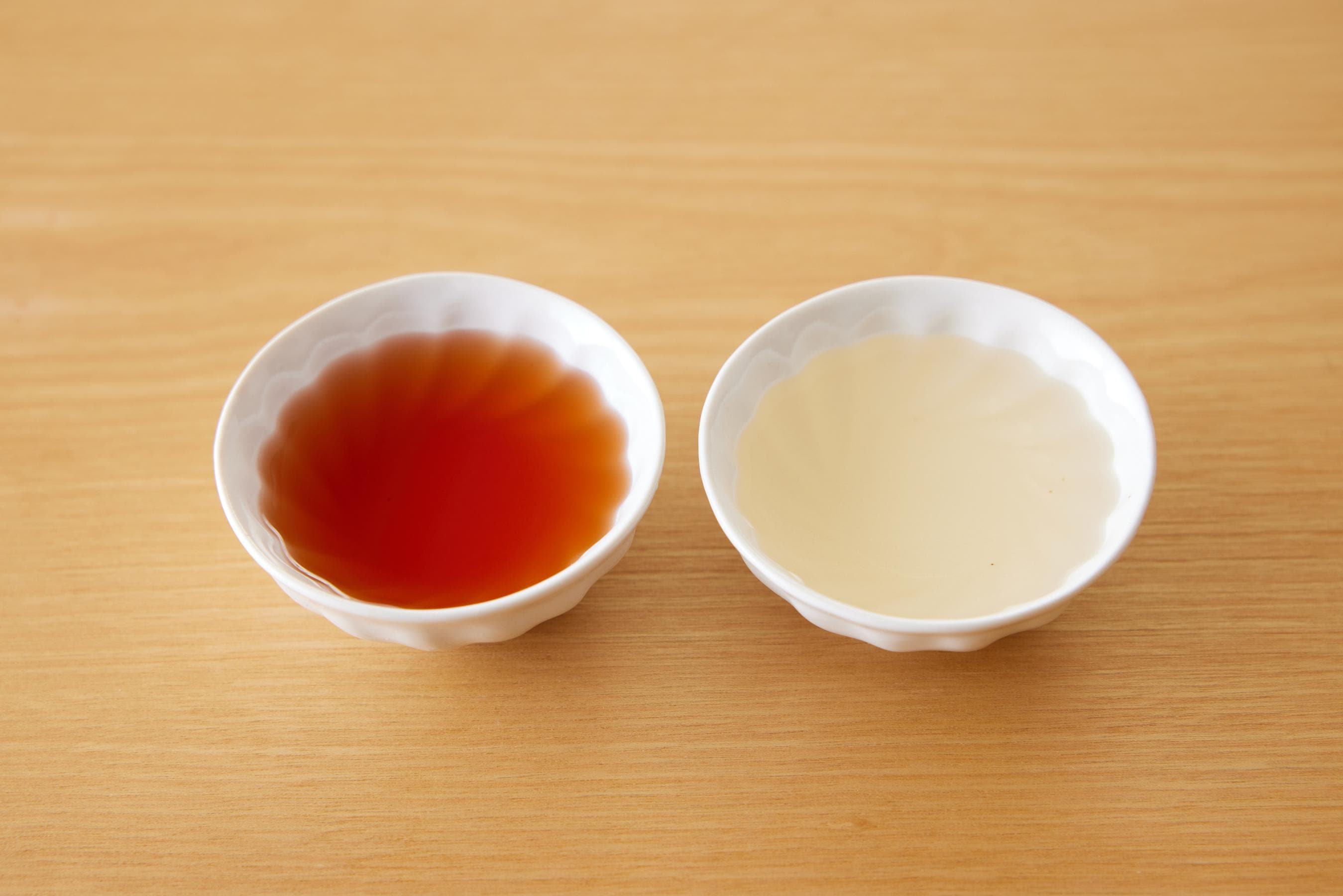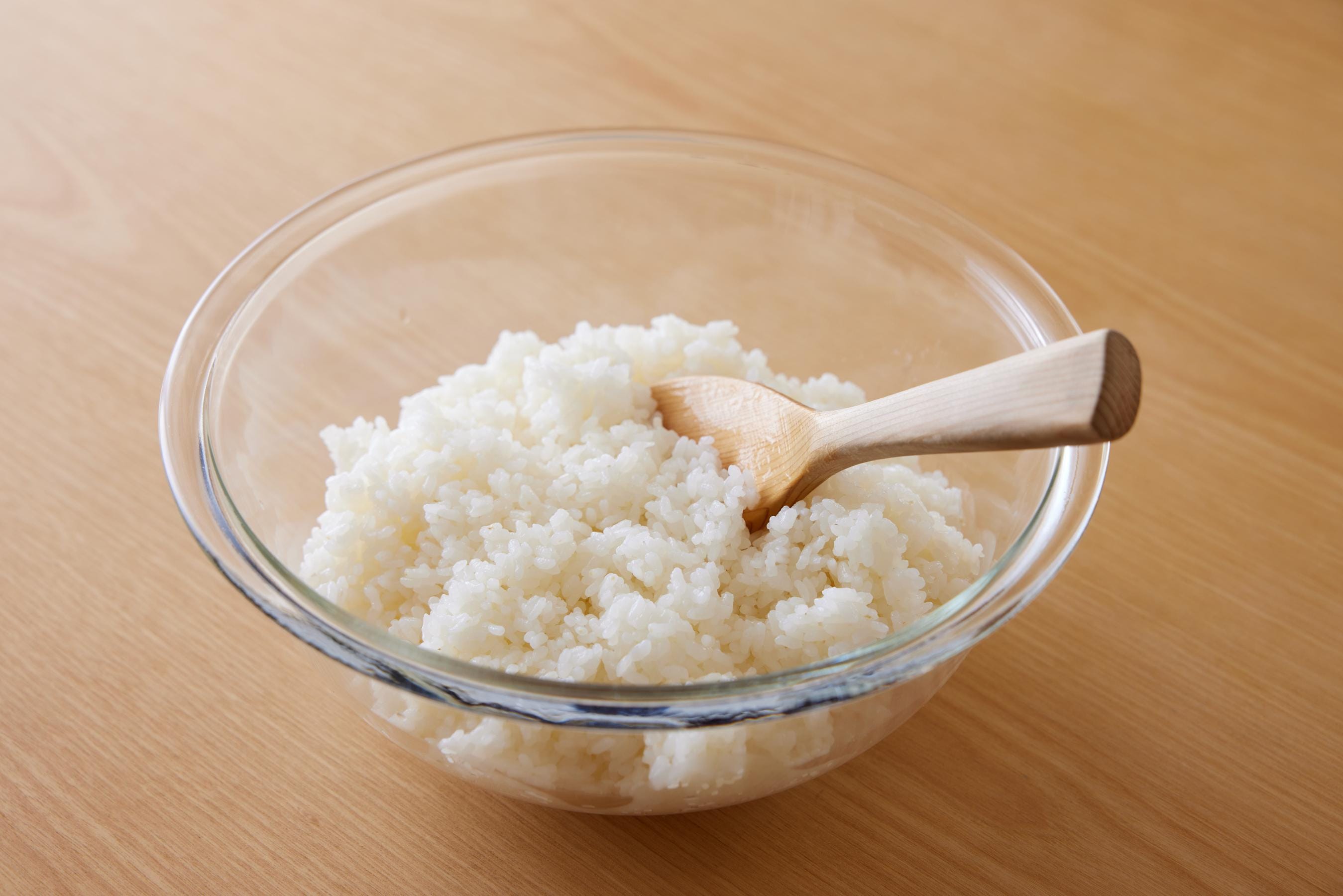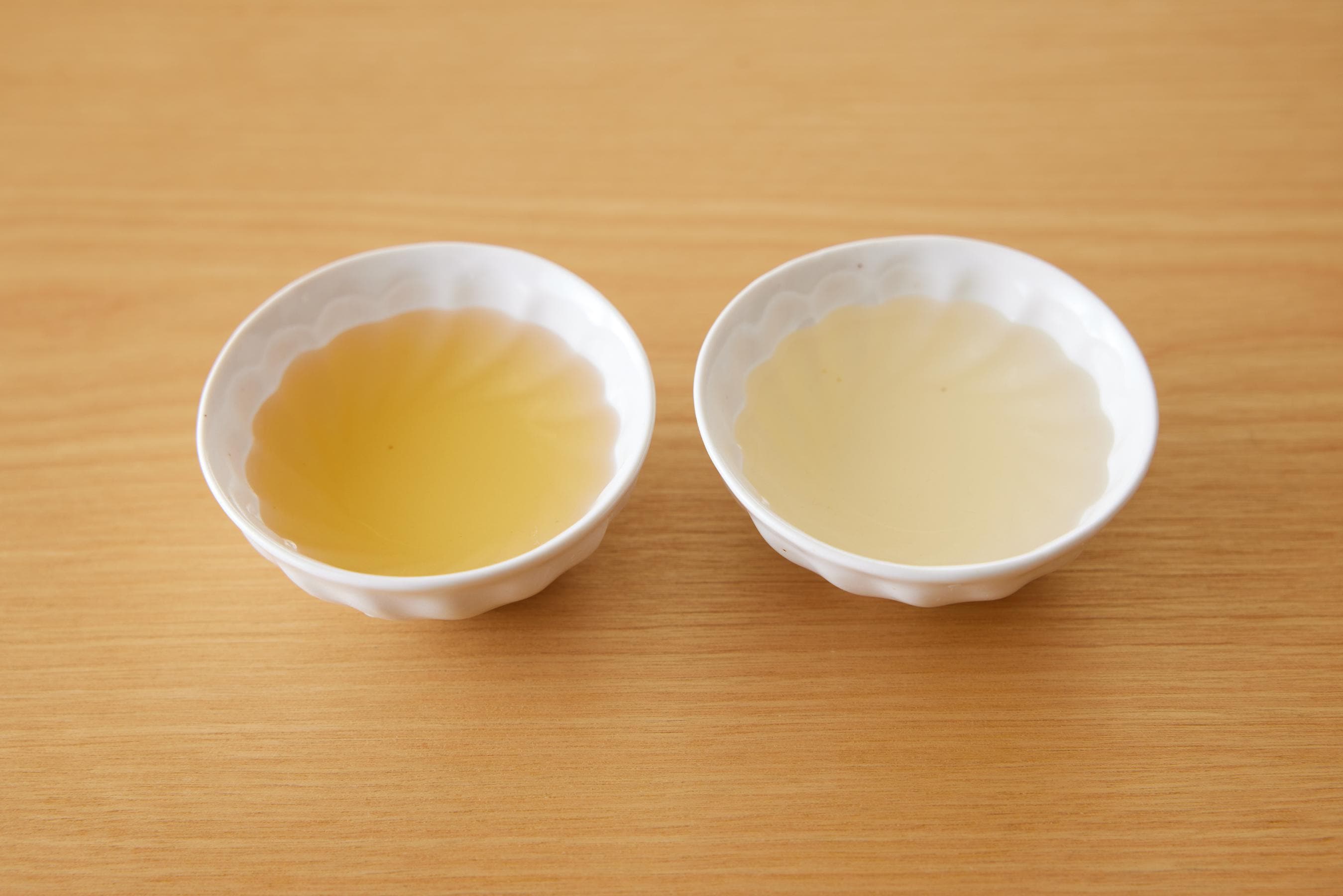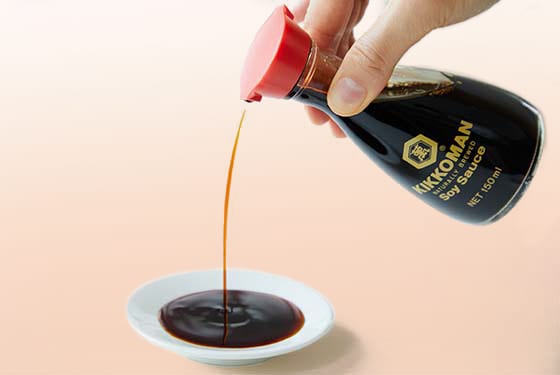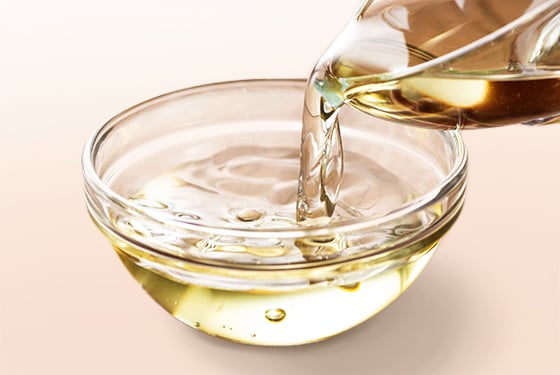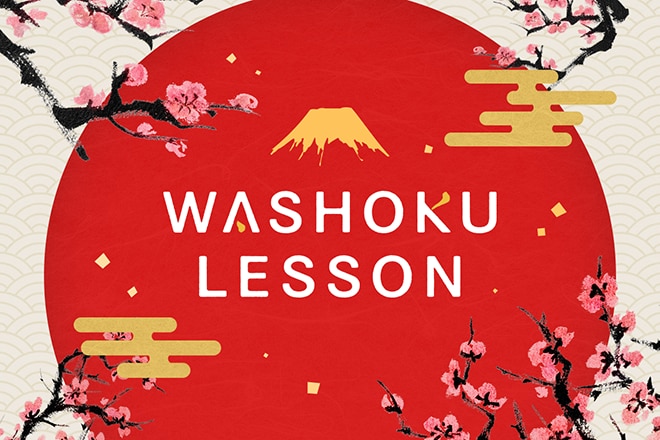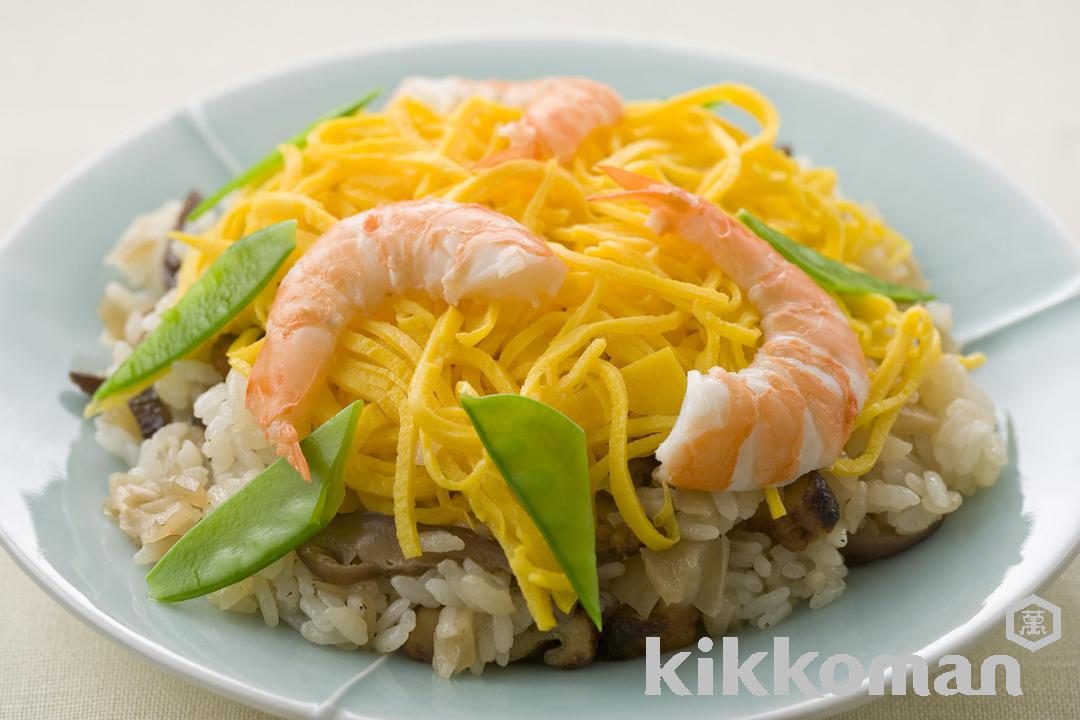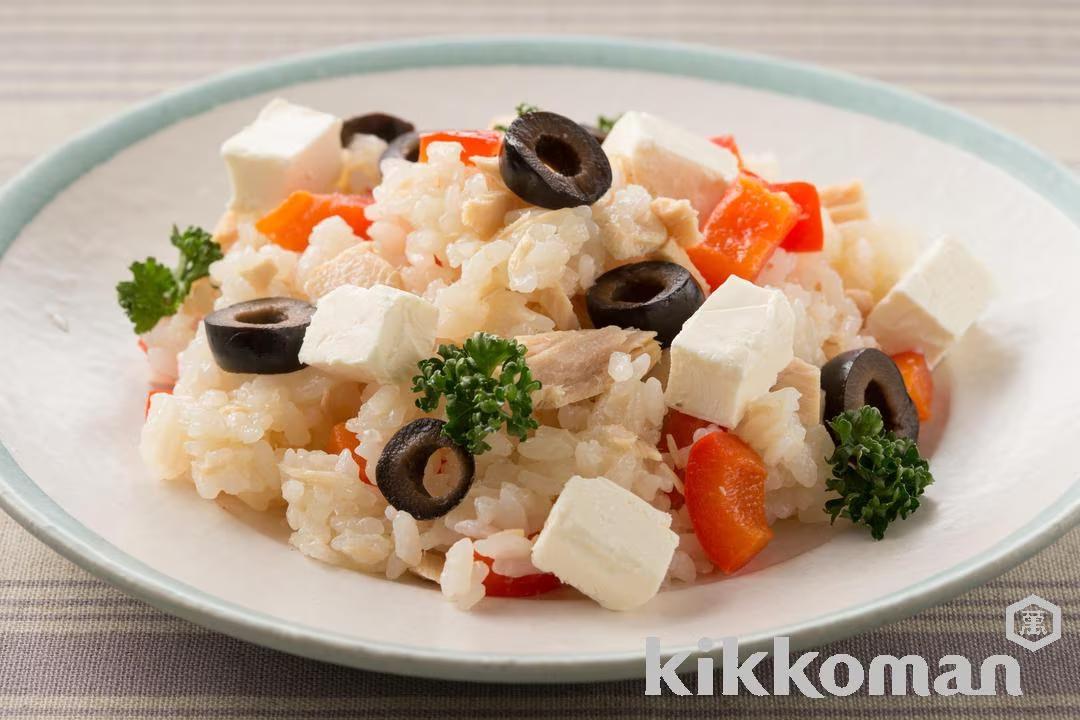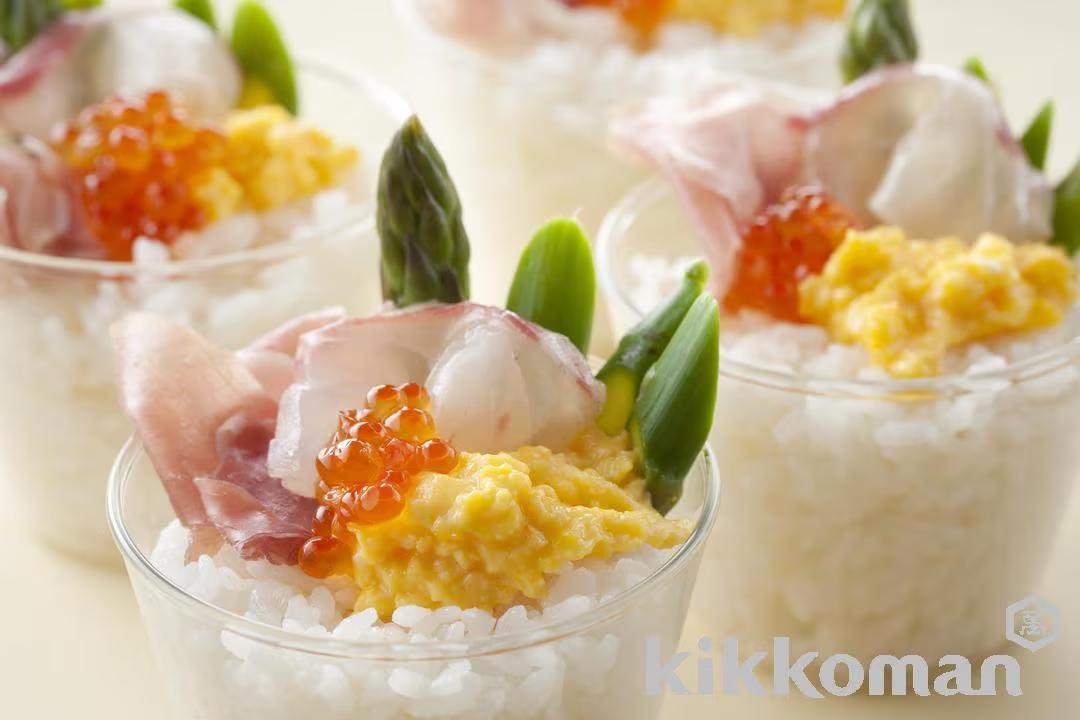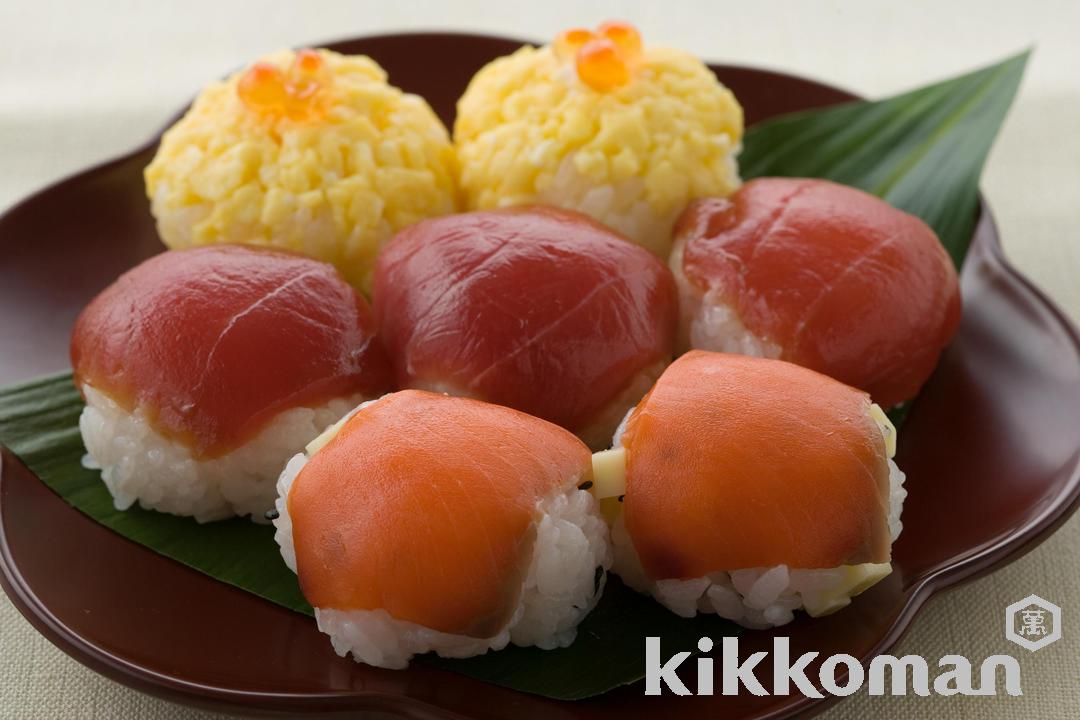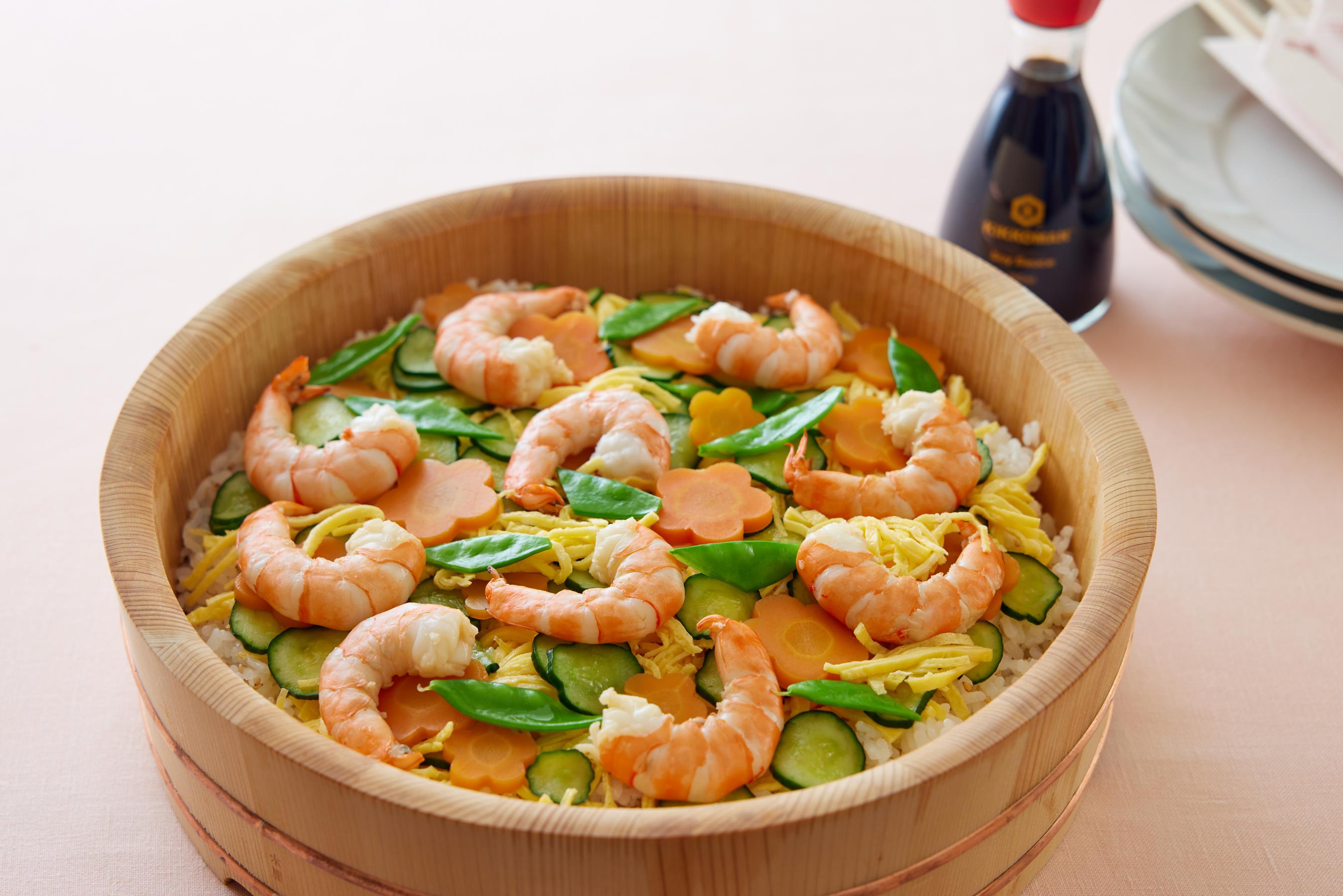
This beautiful dish features colorful ingredients atop sushi rice. It’s a great recipe for celebrations or entertaining a group of guests!
- by Yuko Ihara
Table of Contents
- What is Chirashi Sushi?
- The Secret to Delicious Flavor of Chirashi Sushi
- Things to Remember When Making Chirashi Sushi
- Ingredients for Making Chirashi Sushi
- Calories and Cooking Time
- How to Make Sushi Rice
- How to Make the Toppings for Chirashi Sushi
- How to Arrange Chirashi Sushi
- More Ways to Enjoy Chirashi Sushi
- FAQ
- Kitchen Utensils Used in This Recipe
- About Japanese Vinegar
- Kikkoman Products Used in This Recipe
- About the Recipe Author
What is Chirashi Sushi?
Sushi is a Japanese food culture that originated as a preserved food made from rice and fish. During the Edo period (1603-1867), sushi rice was seasoned with vinegar and salt, which led to the creation of various types of sushi including chirashi sushi (“scattered sushi”), nigiri sushi (“hand-pressed sushi”), and maki sushi (“rolled sushi”). Chirashi sushi is so named because the ingredients are “scattered” atop the sushi rice. Along with the sushi rice, you can enjoy a variety of ingredients with different tastes and textures.
The Secret to Delicious Flavor of Chirashi Sushi
Sushi rice is refreshing, so combining it with ingredients of slightly stronger flavors will help balance the overall taste. The basic idea is to mix or sprinkle the ingredients boiled in seasonings (like soy sauce and sugar) on top of the sushi rice. Even with light ingredients such as vegetables and seafood, the aromatic flavor of the soy sauce helps to bring out the best in the overall taste.
Things to Remember When Making Chirashi Sushi
It is the sushi rice that determines the taste of sushi. The most important thing is to make good sushi rice. Sushi vinegar (sweetened vinegar) is added to the rice, and then moisture is removed moderately to produce glossy sushi rice. Since vinegar is added to the rice, the amount of water used when cooking the rice should be a little less than usual. Also, be sure to use freshly cooked hot rice to ensure that the vinegar is evenly distributed throughout the rice. The “handai” rice tub used in the recipe is a traditional Japanese utensil that is suitable for moderately removing moisture from the rice, but if such a utensil is not available, a standard large bowl can be used instead.
Ingredients for Making Chirashi Sushi (servings: 3-4)
Sushi Rice
freshly cooked white rice (hot)* - 1 kg
*Using 520ml (17.6 fl. oz) water for every 450g (15.9 oz.) of rice, cook to a slightly firm texture.
roasted sesame seeds - 30g (1.06 oz.)
[Sushi Vinegar]
rice vinegar - 6 Tbsp
sugar - 3 Tbsp
salt - 1½ tsp
Chirashi Sushi Toppings
[Sweet Simmered Carrots]
carrots (cut into 5mm slices) - 20 pieces
water - 200ml (6.8 fl. oz.)
mirin - 2 Tbsp
Kikkoman Soy Sauce - 1½ Tbsp
boiled shrimp** - 10 pieces
**To be seasoned in the stock from sweet simmered carrots
[Boiled Snow Peas]
snow peas - 10-12 pieces (30g/1.06 oz.)
water - 50ml (1.7 fl. oz.)
Kikkoman Soy Sauce - 1 tsp
Calories and Cooking Time

* Nutrition facts are for one serving.
* Nutrition and sodium values are for consumption of 40% of the seasonings for sweet simmered carrots and boiled snow peas.
How to Make Sushi Rice
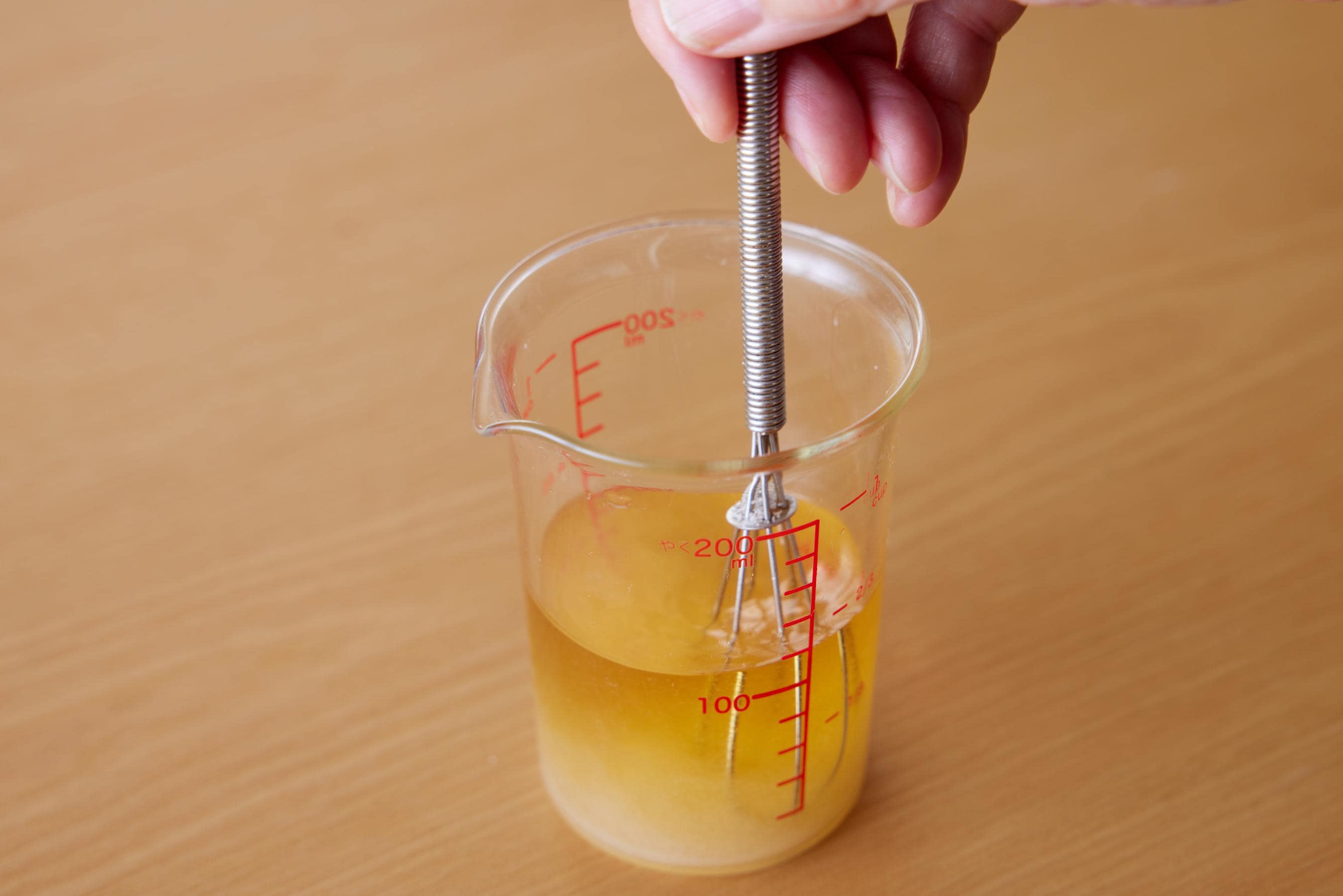
- 1Mix the ingredients for sushi vinegar and dissolve the sugar thoroughly.
- TipsStir until the sugar is fully dissolved. If it is difficult to dissolve, heat in a microwave oven (600W) for 30 seconds.
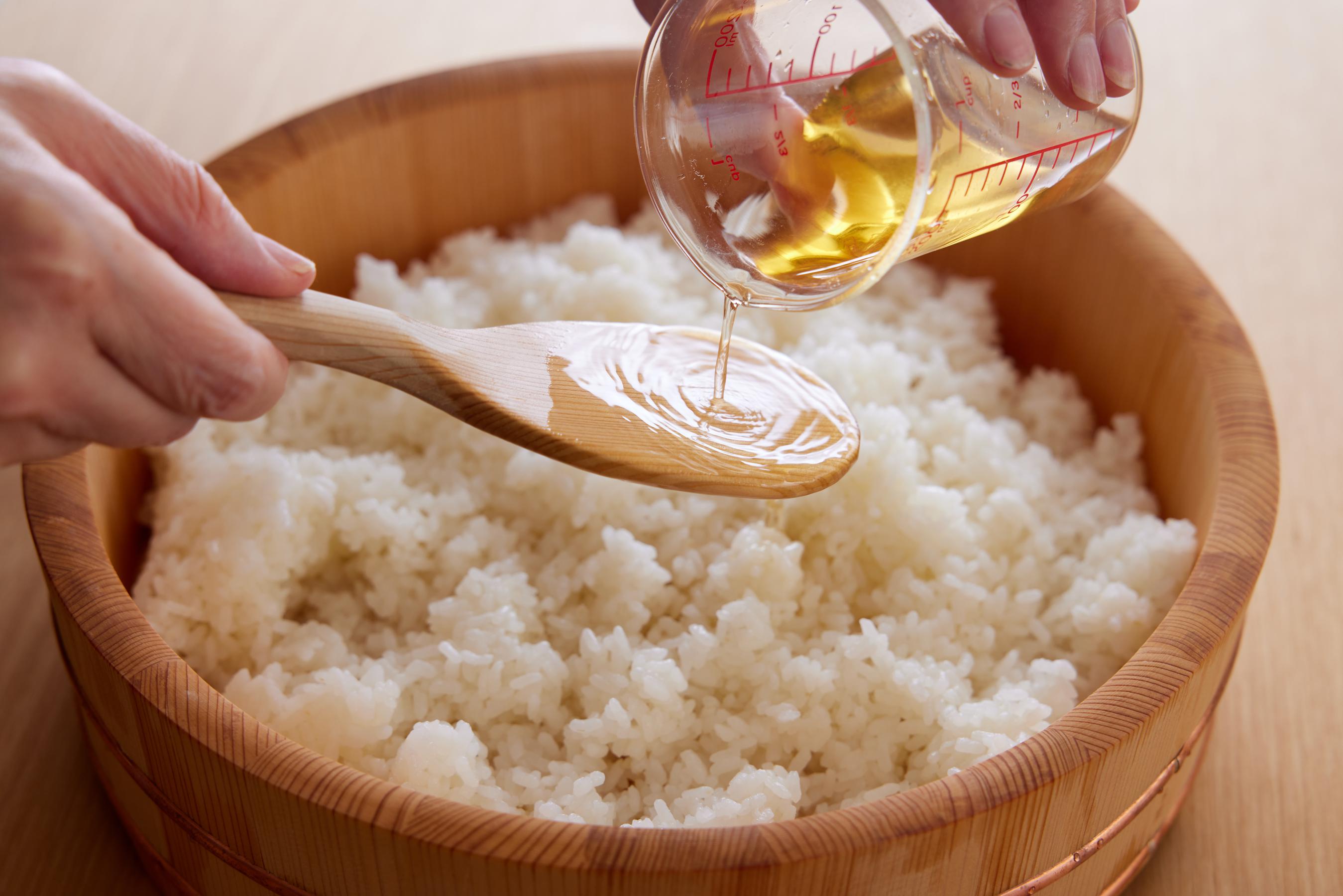
- 2Place cooked rice in a “handai” rice tub. Pour the sushi vinegar over the rice, using a rice paddle to pour it over the rice.
- TipsPour the vinegar over the rice a little at a time by letting the vinegar flow over the rice paddle.
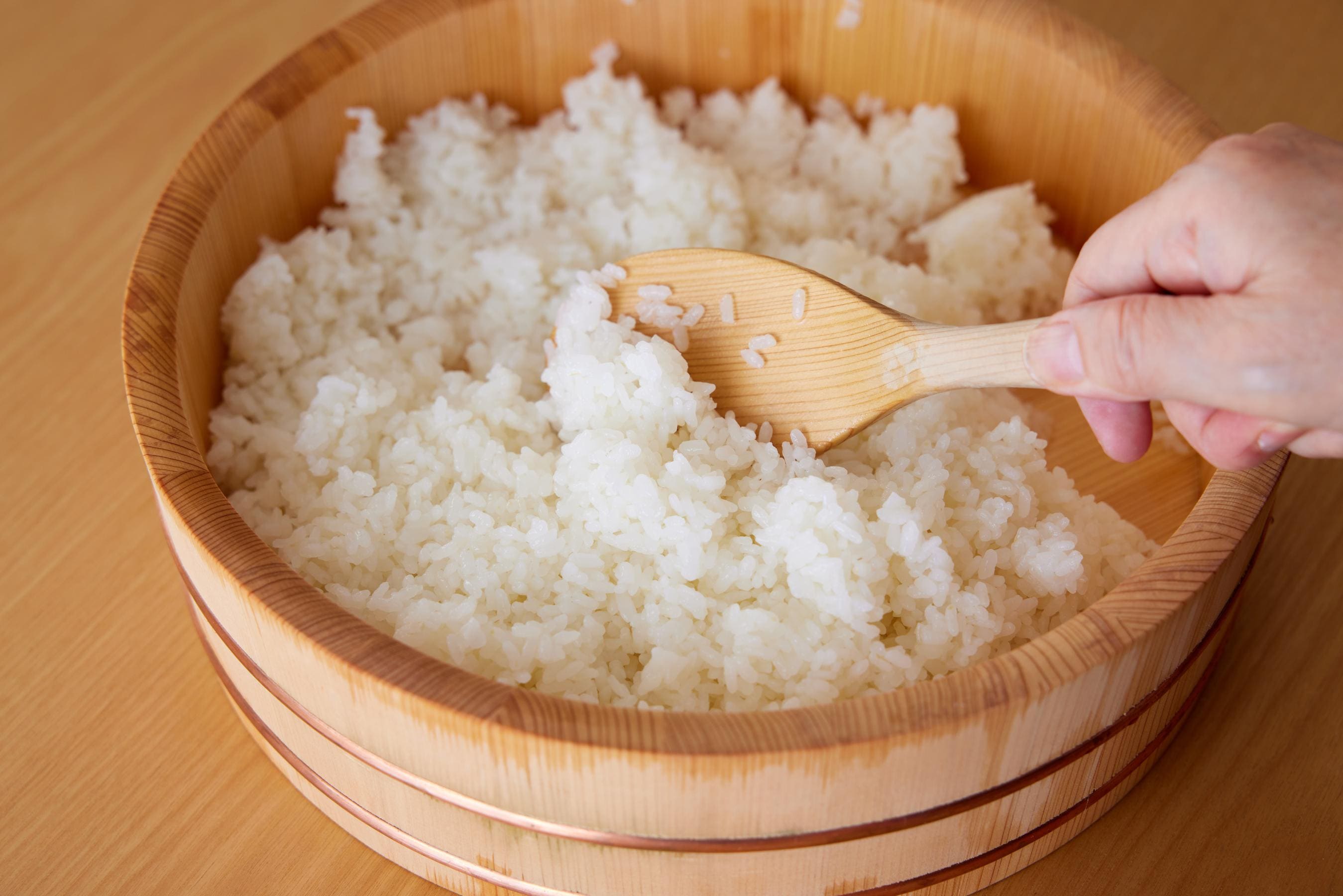
- 3Use the rice paddle to stir the rice as if cutting it into pieces. This way, you can mix the rice without crushing it or making it sticky.
- TipsJapanese rice is naturally sticky, so be careful how you mix it so that it does not become stickier when the sushi vinegar is added.
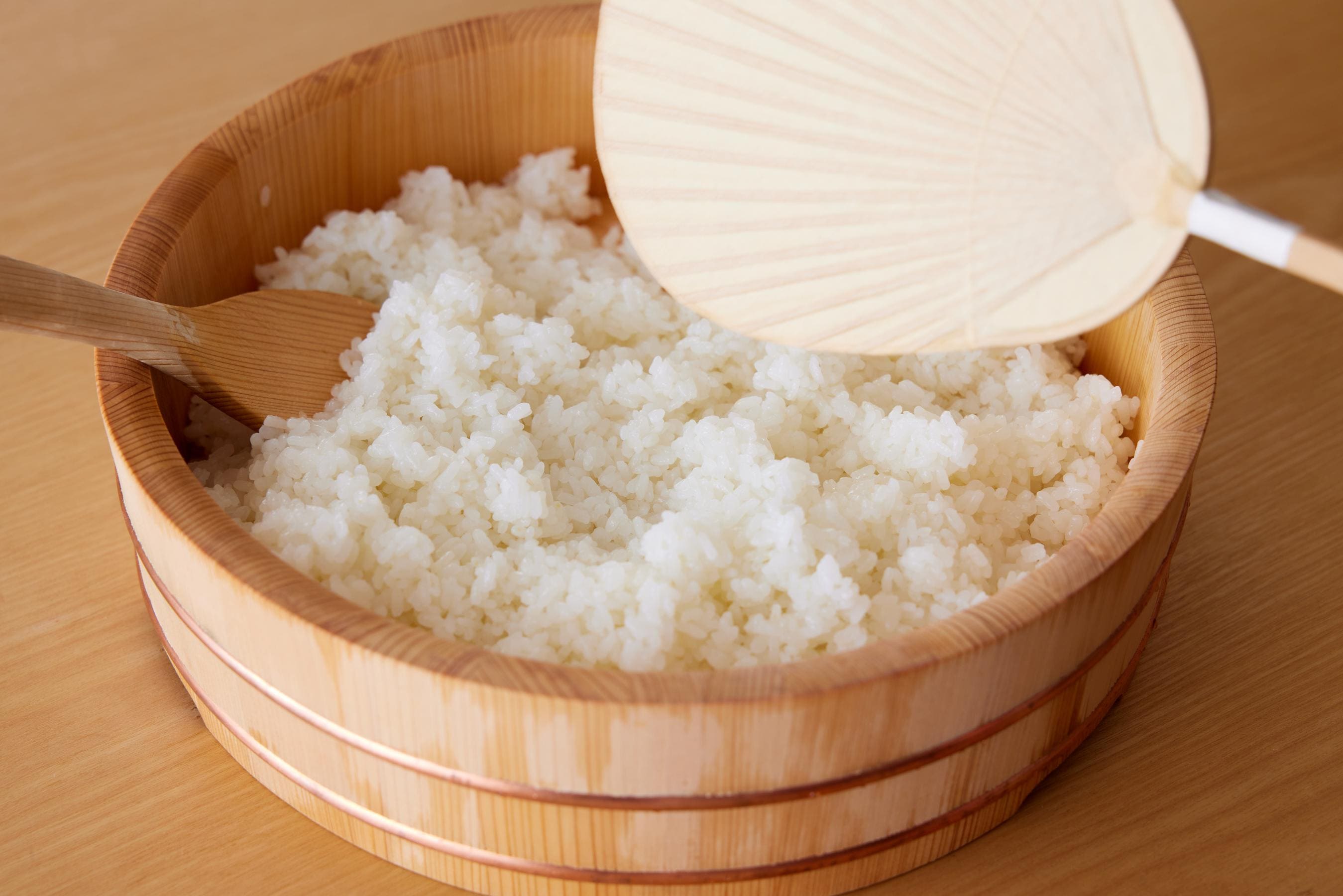
- 4When the sushi vinegar has been absorbed into the rice, fan the residual heat out of the rice.
- TipsIt is best to cool the rice immediately to prevent the steam from gathering and making the rice sticky. If you do not have a fan like the one shown, spread the rice out as much as possible to release the moisture.
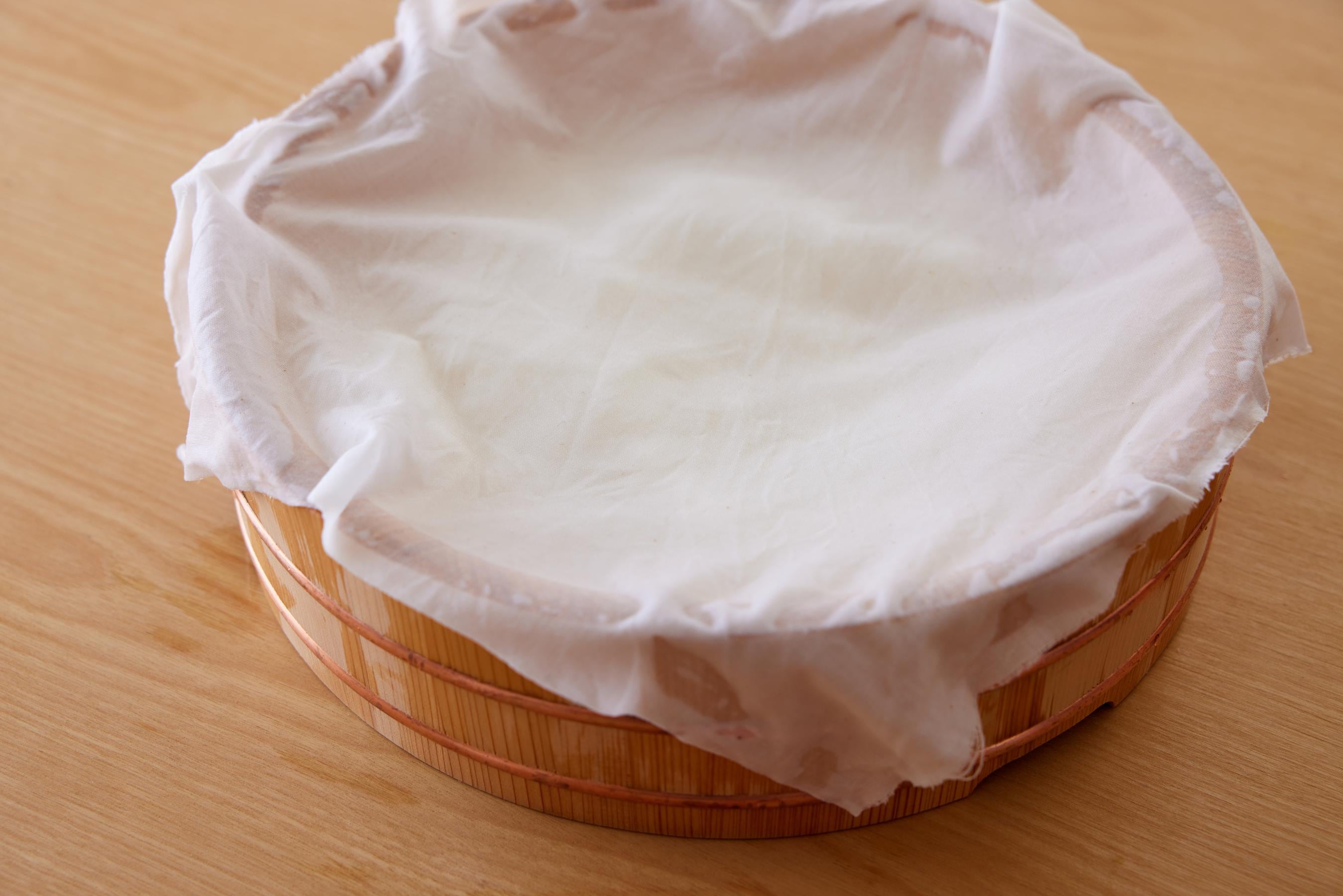
- 5Cover the tub with a cloth that has been dampened with water and wrung tightly. If stored in the refrigerator, the rice will harden, so keep it at room temperature.
- TipsUsing a damp cloth will allow the steam to escape moderately without causing the sushi rice to dry out, while also cooling it down.
Watch video for making the sushi rice
How to Make the Toppings for Chirashi Sushi
How to Make the Omelette Strips
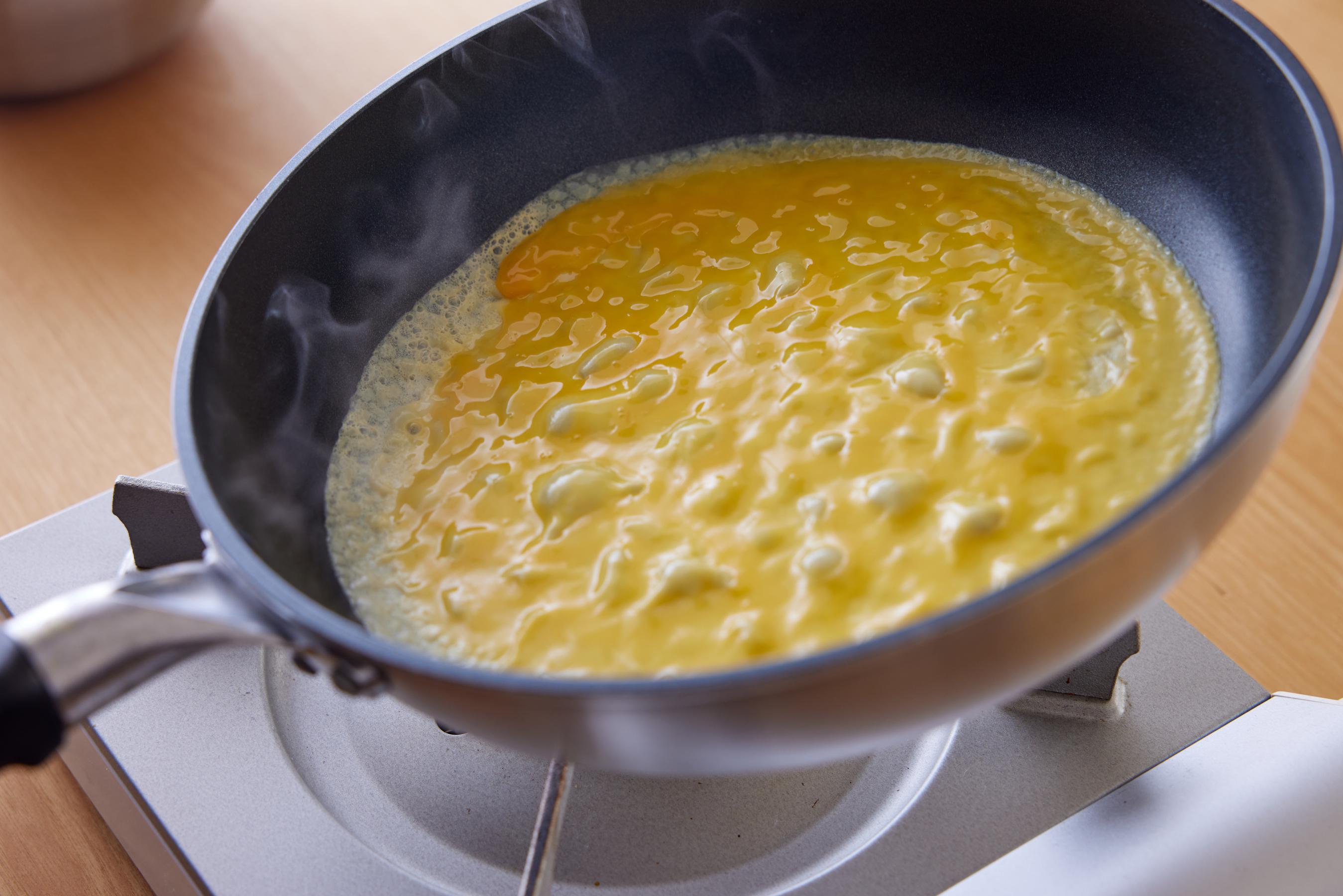
- 1Crack and break up the eggs, then add and mix in the water and salt. Heat a fry pan over medium-high heat, spread a thin layer of cooking oil around the pan and pour in 1/4 of the egg mixture, spreading it all around. Then reduce the heat to medium-low.
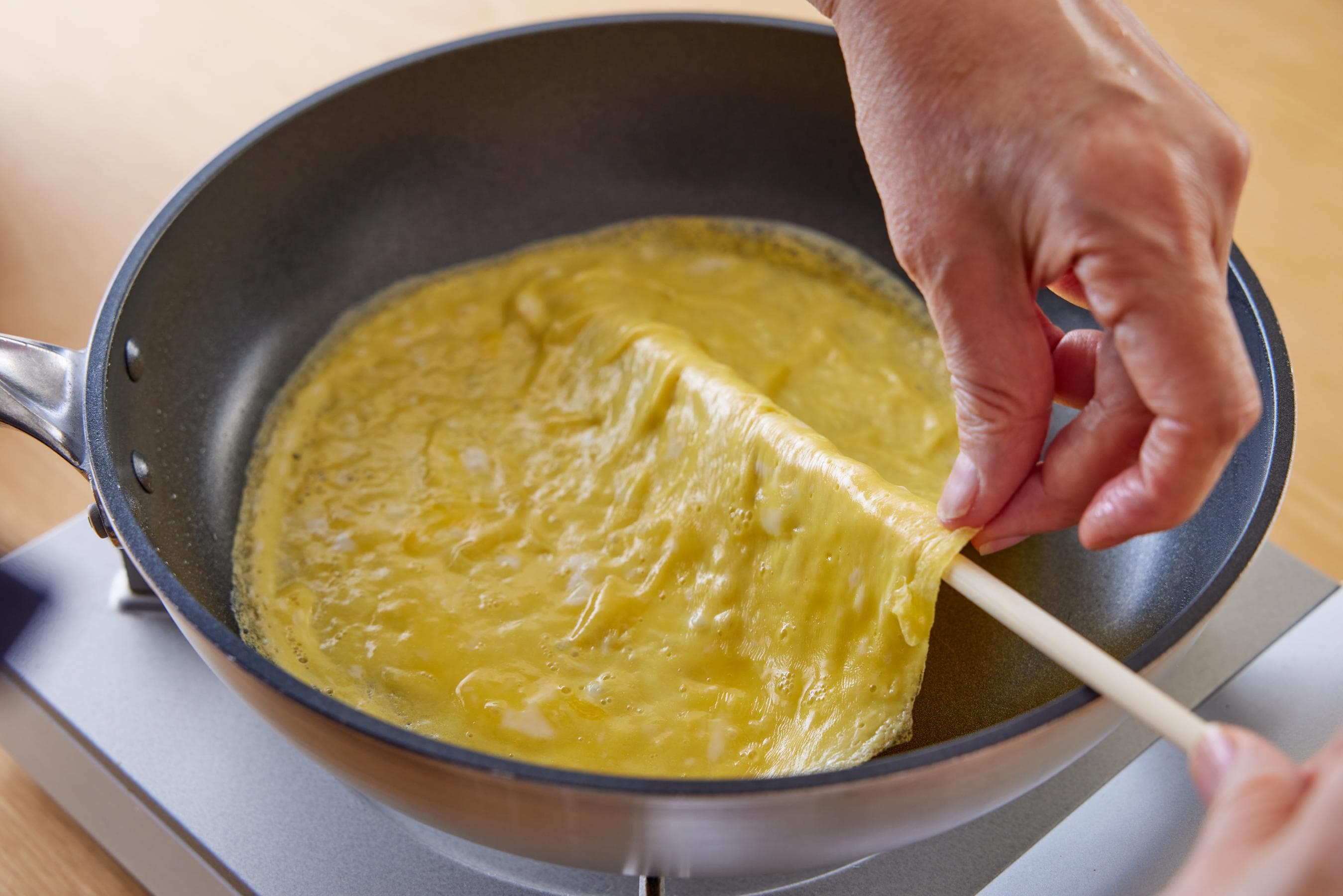
- 2Once the egg is firm, lift it up from the edge by placing the long chopsticks underneath, then flip it over. Briefly fry the underside of the egg and then remove from the pan. Repeat this process with the rest of the egg mixture until you have 4 equal-sized omelettes.
- TipsYou can also use a spatula to flip the egg over. It doesn't matter if the egg slightly crumbles or tears.
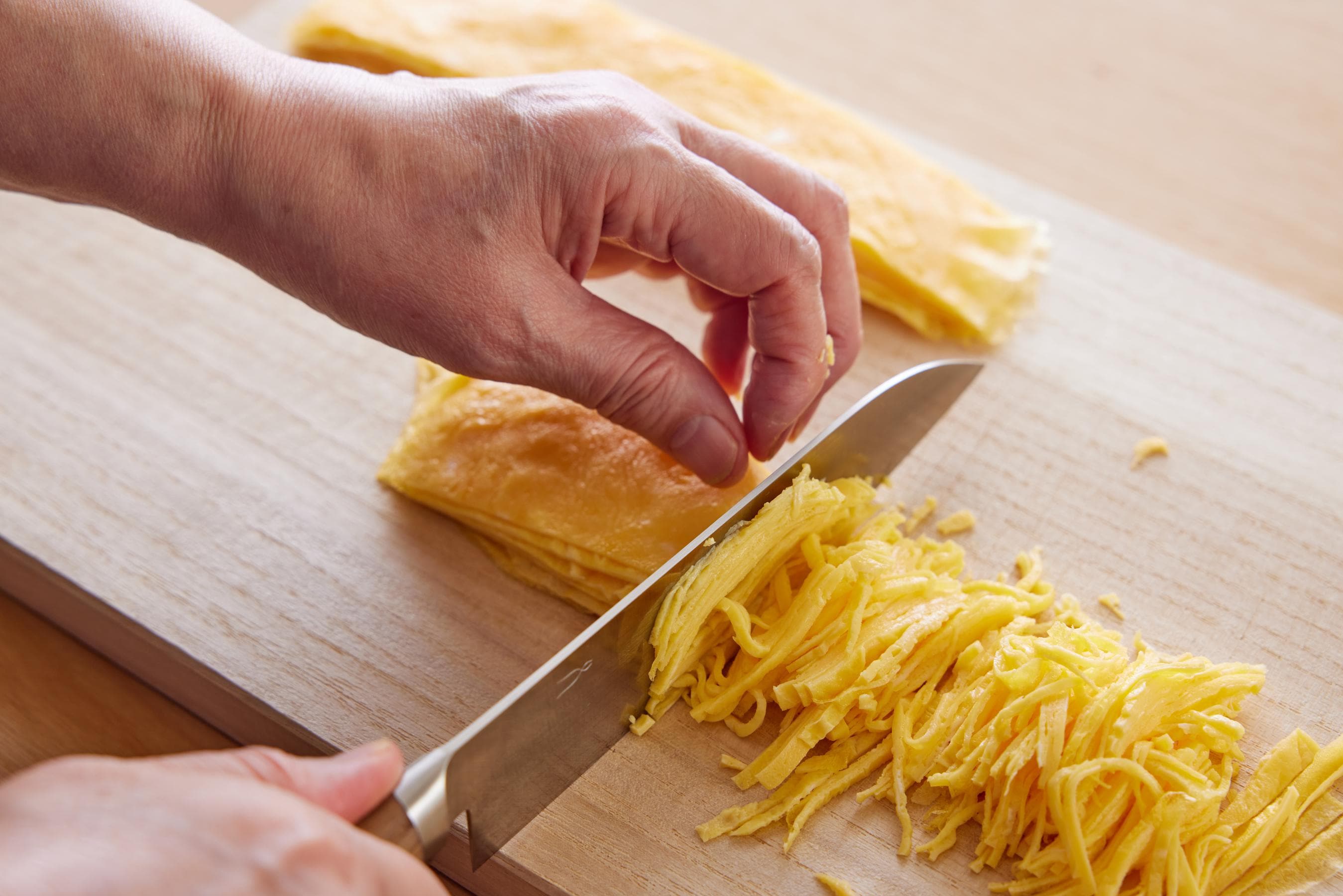
- 3Once the residual heat has cooled, layer the four freshly-fried omelettes atop each other and slice into 4 long equal pieces. Then layer the lengths of omelette atop each other again and slice into thin strips, cutting from the edge.
- TipsCutting the omelette strips into equal-width strips will make for an overall pleasant appearance.
Watch video for making the omelette strips
How to Make the Sweet Simmered Carrots
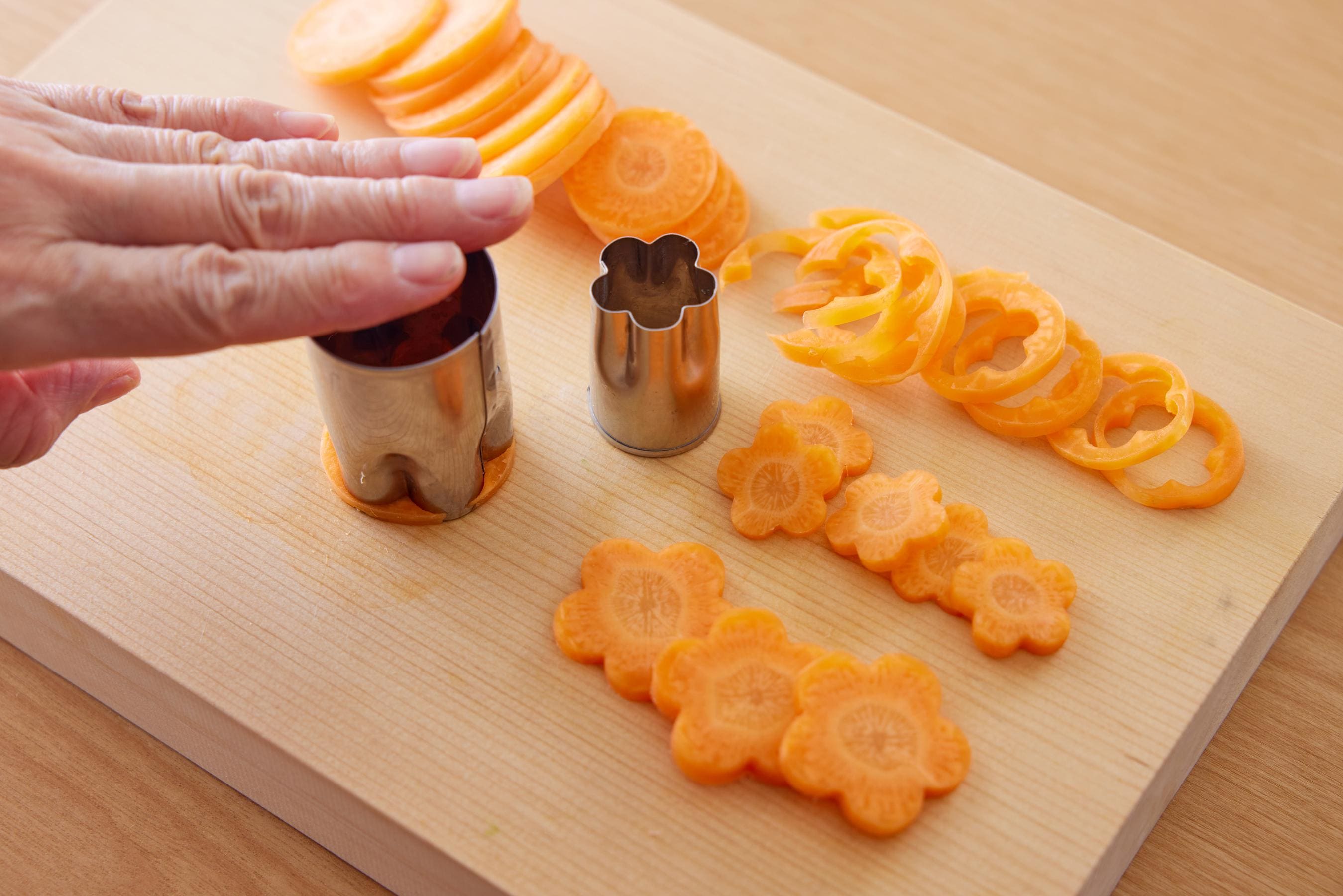
- 1If available, cut the carrot slices with a flower-shaped cutter (if a flower-shaped cutter is not available, coin-shaped carrot slices will do).
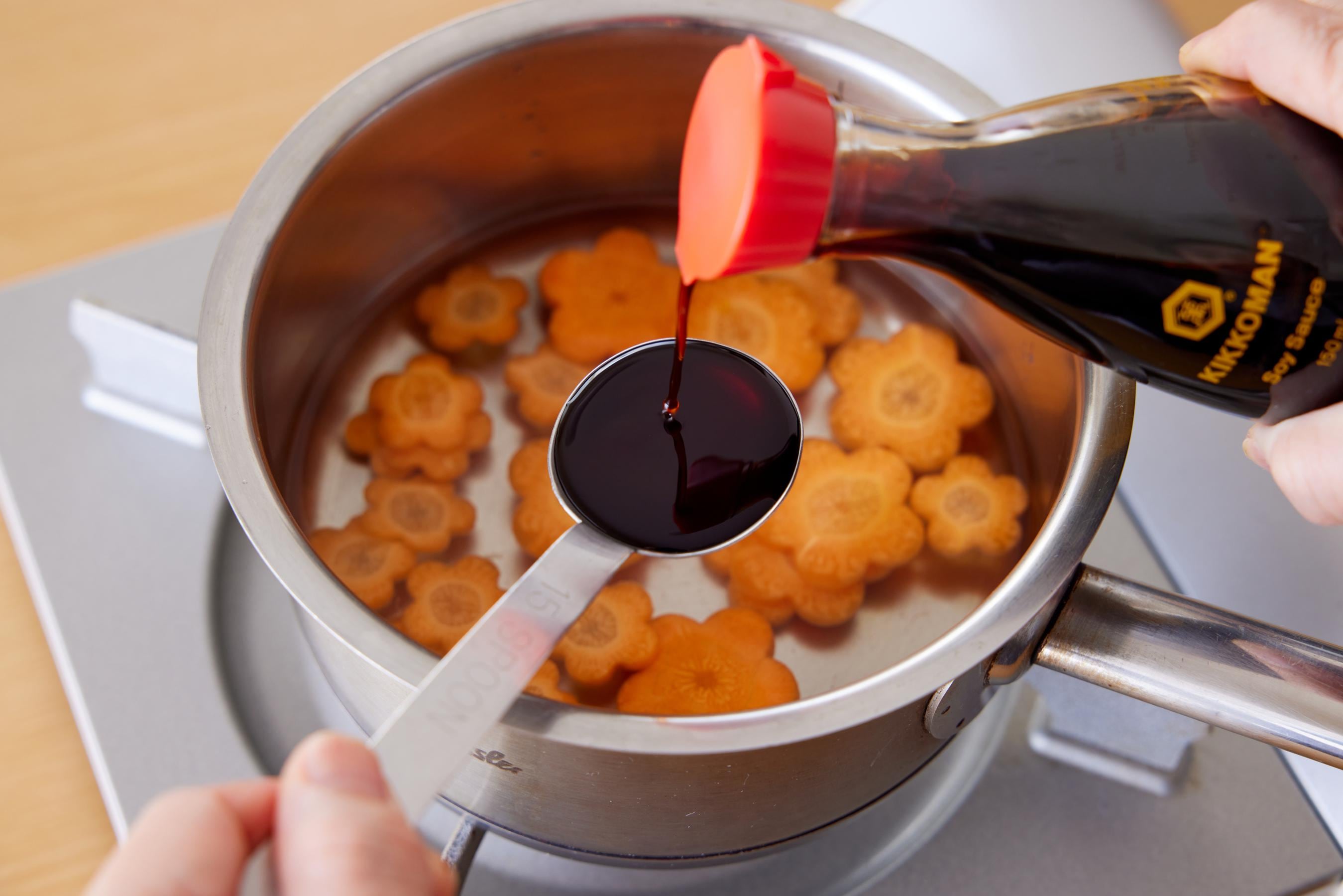
- 2In a pot, heat the carrots, water, mirin and Kikkoman Soy Sauce over medium heat. Once it begins to simmer, cover with a lid and simmer on low heat for 5 to 6 minutes. Then turn off the heat and let it cool as is.
How to Flavor the Boiled Shrimp
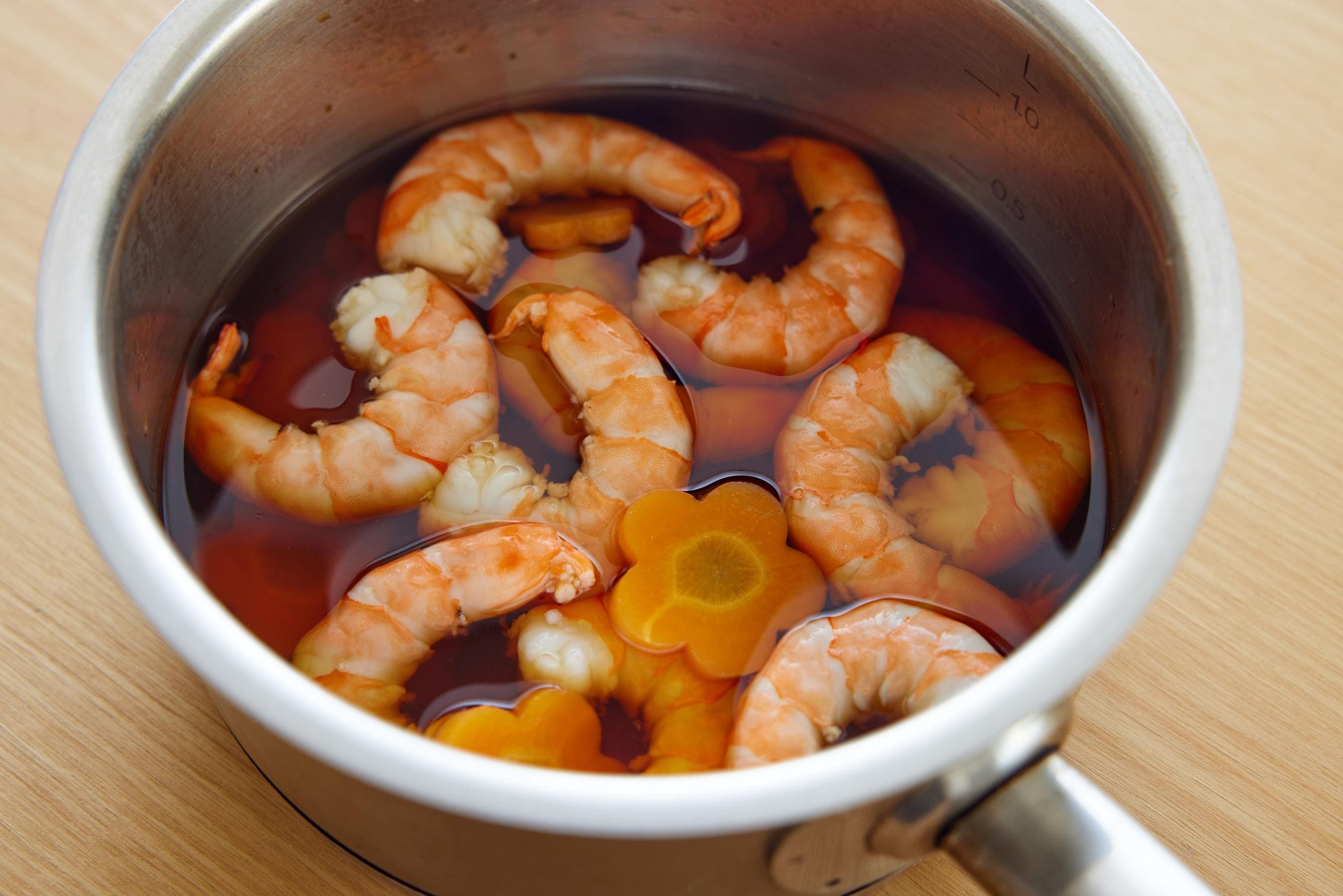
- 1Once the residual heat of the boiled broth from the above step has cooled, add in boiled shrimp, and allow the ingredients to soak together.
Watch video for making the sweet simmered carrots and flavoring boiled shrimp
How to Make the Salt-Rubbed Cucumber
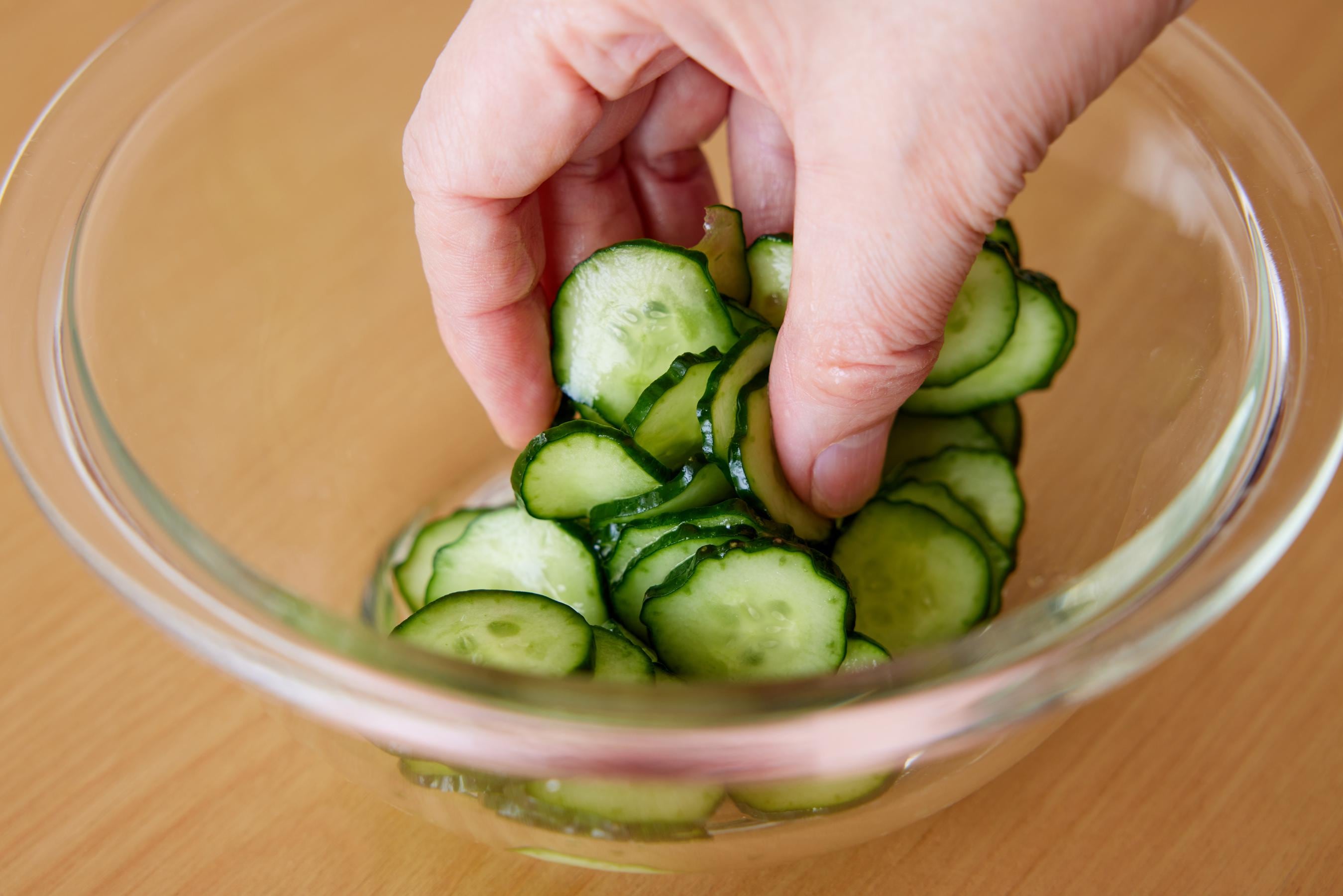
- 1Cut the cucumber into thin-sliced coins. Sprinkle with salt and allow to rest for 5 minutes, then remove excess moisture.
Watch video for making the salt-rubbed cucumber
How to Make the Boiled Snow Peas
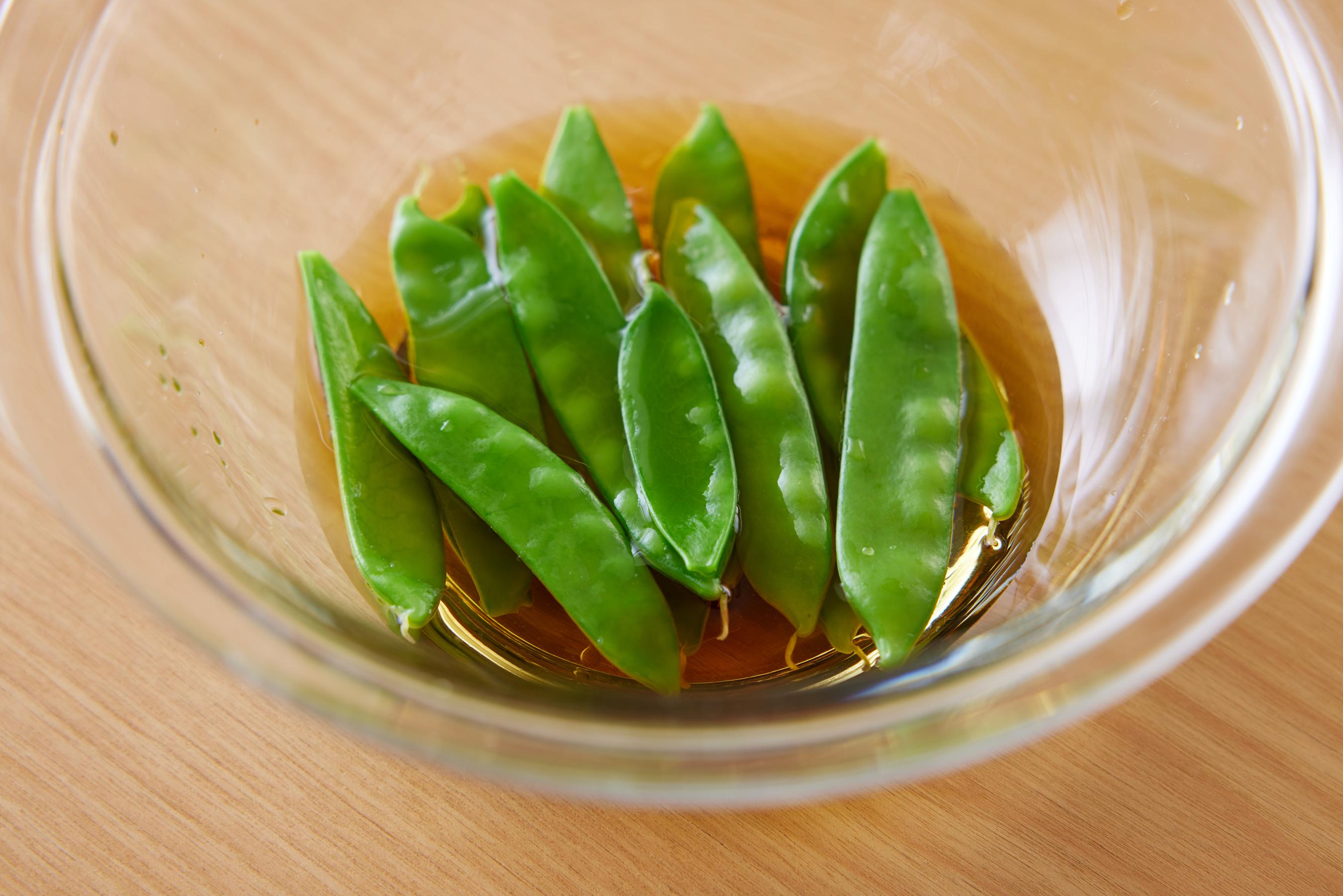
- 1Remove the stringy parts from the snow peas, then boil for 5 seconds in hot water and then transfer to cold water. After removing the excess moisture, put them in a bowl with water and Kikkoman Soy Sauce and allow to rest for about 5 minutes. Then, cut the snow peas in half diagonally.
Watch video for making the boiled snow peas
How to Arrange Chirashi Sushi
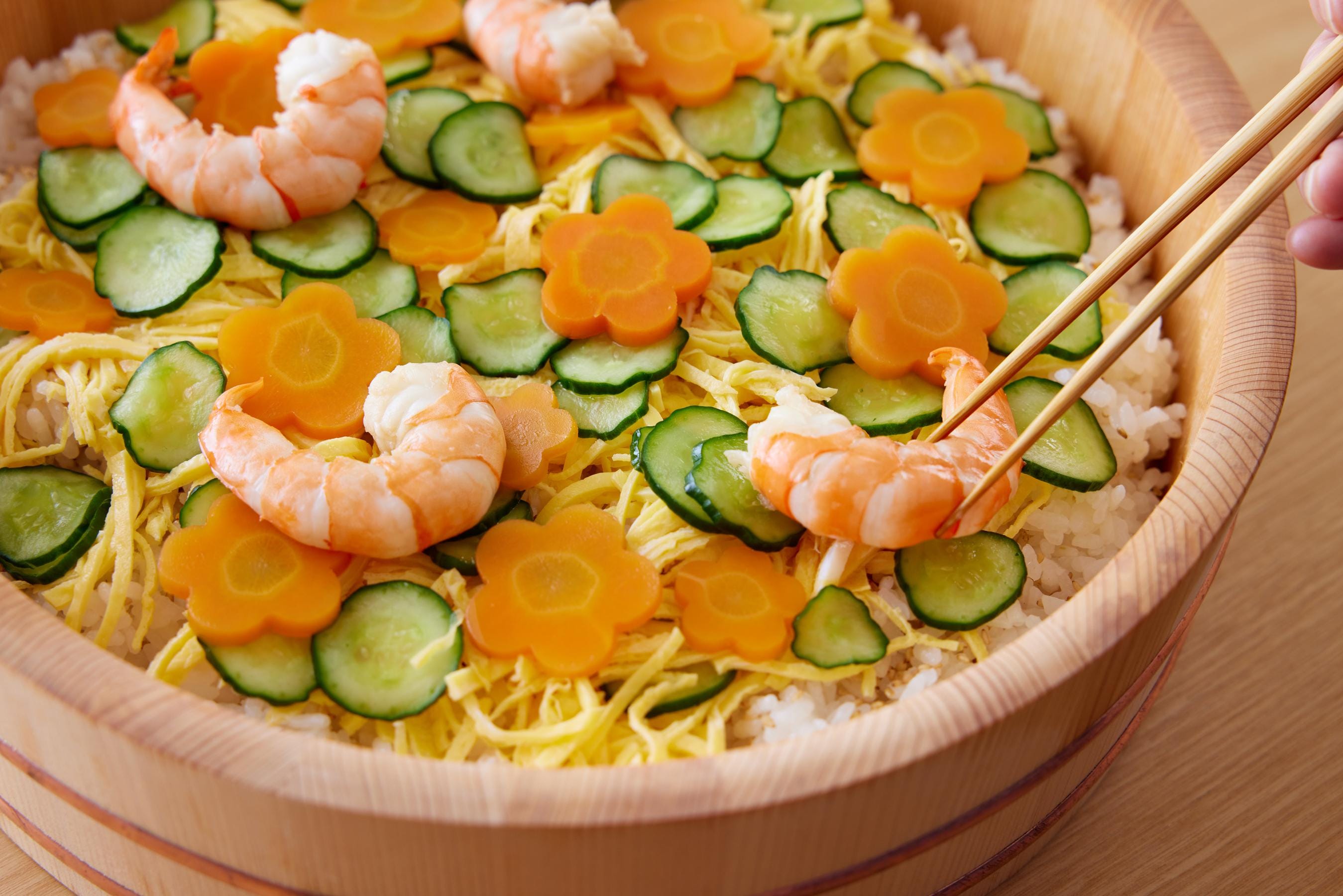
- 1Sprinkle the sushi rice with the omelette strips, cucumber, and sweet simmered carrots. Then layer with boiled shrimp and snow peas in a way that gives overall visual balance to the dish.
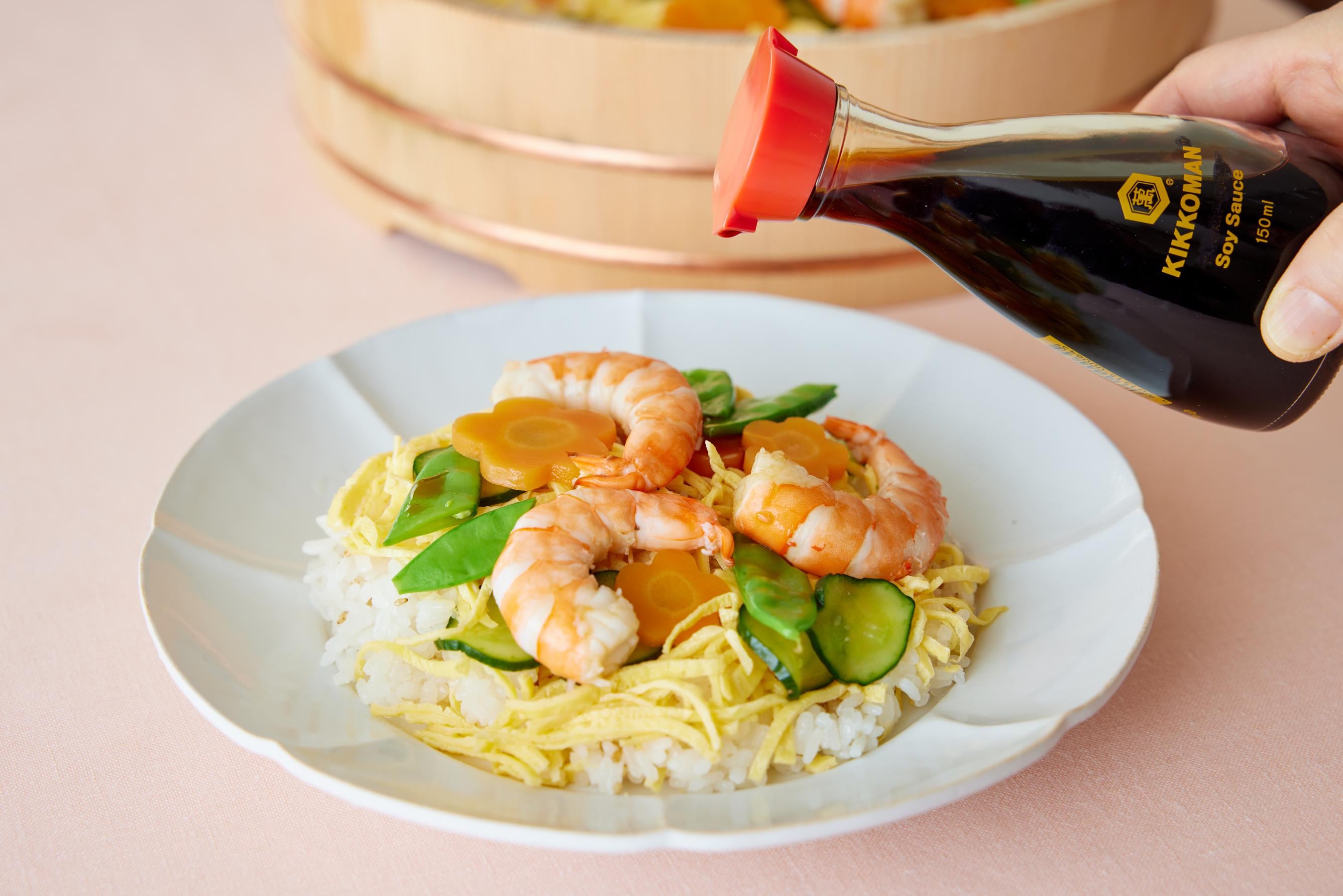
- 2You can eat the chirashi sushi as is, or drizzle a bit of Kikkoman Soy Sauce on top!
Watch video for arranging the Chirashi Sushi
More Ways to Enjoy Chirashi Sushi
Serve Chirashi Sushi in Cups as Appetizer
Serving chirashi sushi in small cups makes it easier to share and also allows you to enjoy a different arrangement in every cup. The photo shows one version topped with cubed egg rolls, avocado and bell peppers; the other features smoked salmon, dill and lemon on top, with green peas sandwiched between layers of sushi rice. It is easy to eat in a cup, making it a perfect party appetizer. Top with your favorite ingredients and have fun decorating!
Liven Up the Dinner Table with Temari Sushi Balls
Roll the sushi rice into bite-sized balls and then top with the topping ingredients. In Japan, the word “temari” has long been used to refer to a handheld ball for playing with; temari sushi gets its name from its small, round shape. To make it easier to form the round shape, it is best to use thinly sliced ingredients. The photo shows prosciutto ham and salt-rubbed cucumber with dill; thin-sliced, lightly salted radish with capers; and omelette strips combined with boiled shrimp.
FAQ
Can Sushi Vinegar be Made Using Wine Vinegar?
Sushi vinegar can be made using any type of vinegar. The flavor and acidity of vinegar will change depending on its ingredients and how it is made, but the difference is not so major. However, for sushi vinegar it is best to avoid using vinegars with strong flavors (e.g. balsamic vinegar, Chinese black vinegar, etc.).
What Should I Do If I Can’t Get A “Handai” (Rice Mixing Tub)?
Kitchen Utensils Used in This Recipe
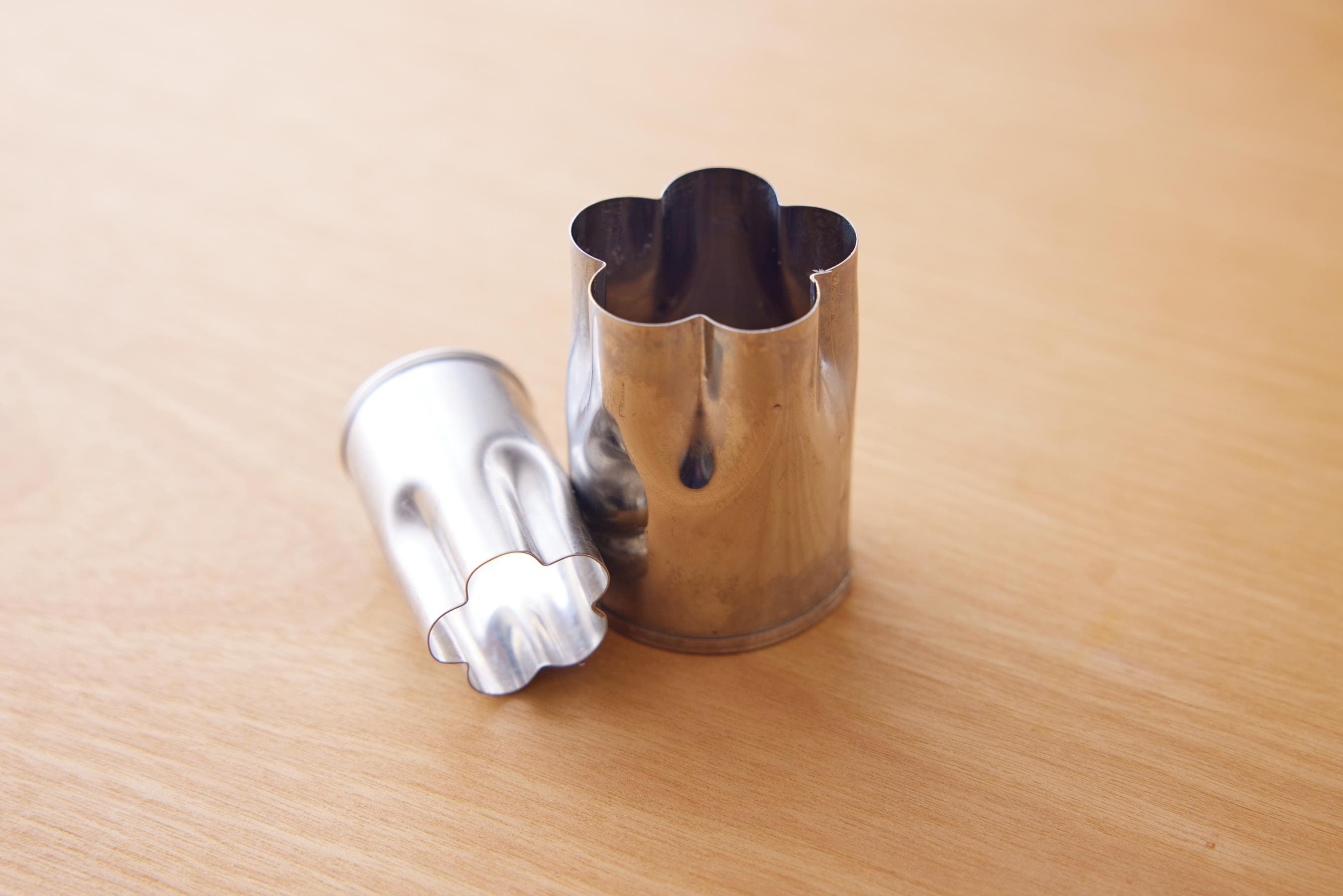
“Nukigata” Shape Cutter
A tool used for cutting out shapes into vegetables or other ingredients. The cutter in the photo has a plum blossom shape. There are also cutters shaped like cherry blossoms and leaves, letting you add a sense of seasonality to your dishes!
For more information about “nukigata” shape cutter, please see our Glossary page.
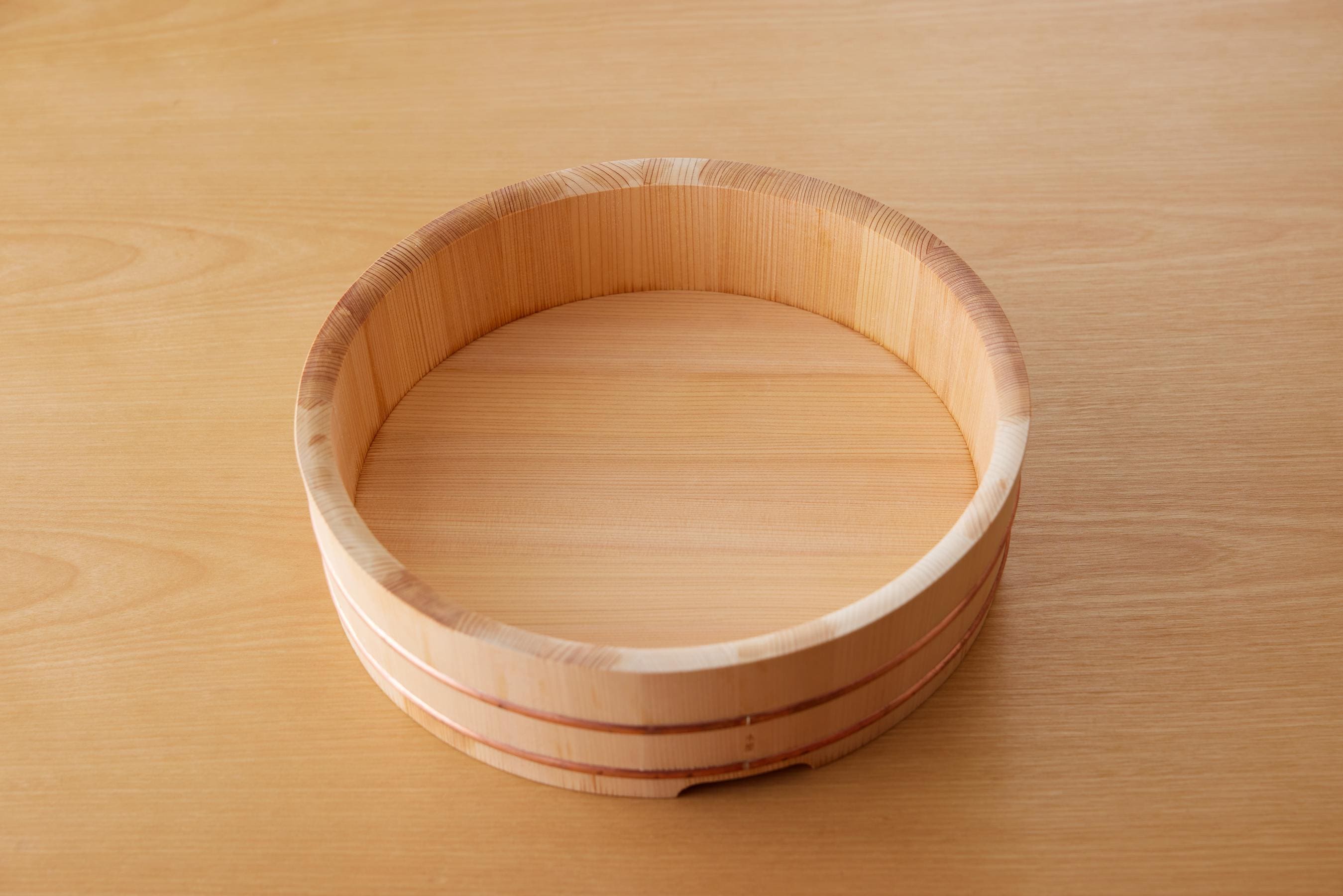
“Handai” Wooden Rice Tub
A wooden tub used for making sushi rice. The wood absorbs a moderate amount of water from the rice, so the rice will not be sticky and can cook to a good degree of doneness.
For more information about “Handai” rice tub, please see our Glossary page.
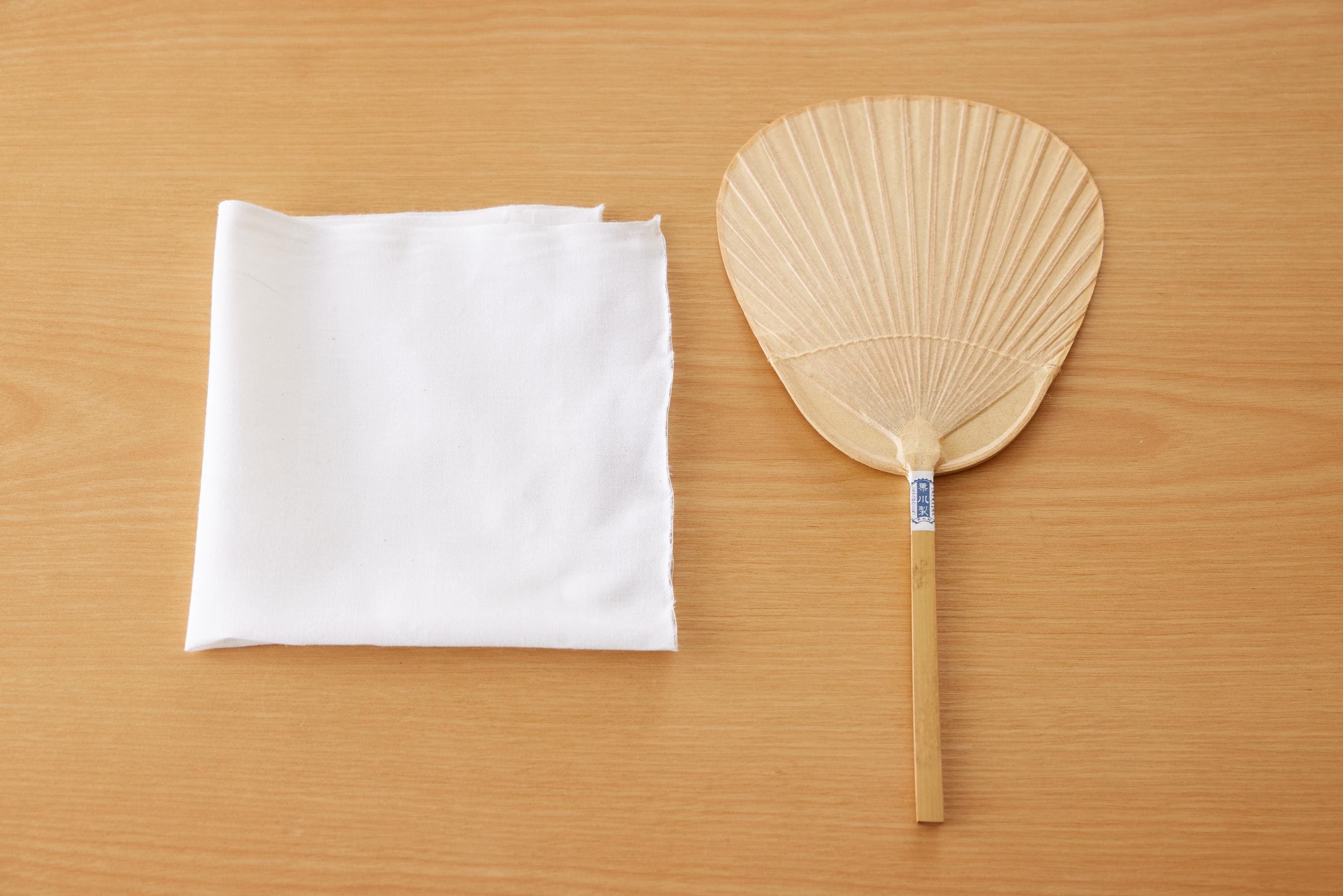
“Sarashi” Cloth and “Uchiwa” Hand-held Fan
The “sarashi” cloth is made of bleached cotton and has long been used for cooking because it is durable, breathable, and quick-drying.
“Uchiwa” hand-held fans are made of paper or cloth attached to a bamboo frame and used to blow air. It is a convenient tool that can be easily used to cool sushi rice and other dishes.
For more information about Sarashi and Uchiwa, please see our Glossary page.
About Japanese Vinegar
Kikkoman Products Used in This Recipe
About the Recipe Author
Yuko Ihara
Having lived in England and the U.S., Yuko Ihara is well-versed in a wide range of culinary genres. As a culinary researcher, she creates dishes for magazines and books, develops corporate menus, and also engages in product development and food consulting. She introduces easy-to-follow tips on how to make delicious food at home, emphasizing the importance of seasonality and healthful eating. When travelling, she loves to search for delicious vegetables and ingredients.
Instagram: @iharayukoo
About Washoku Lesson
Washoku Lesson is special content offering detailed and easy-to-understand explanations, including tips for making classic Japanese dishes as well as the many ways of enjoying these, and introductions to special Japanese cooking utensils and annual events.
Related Recipes
20min+
487kcal
906mg
15min
328kcal
400mg
20min
385kcal
600mg
20min+
507kcal
1063mg


